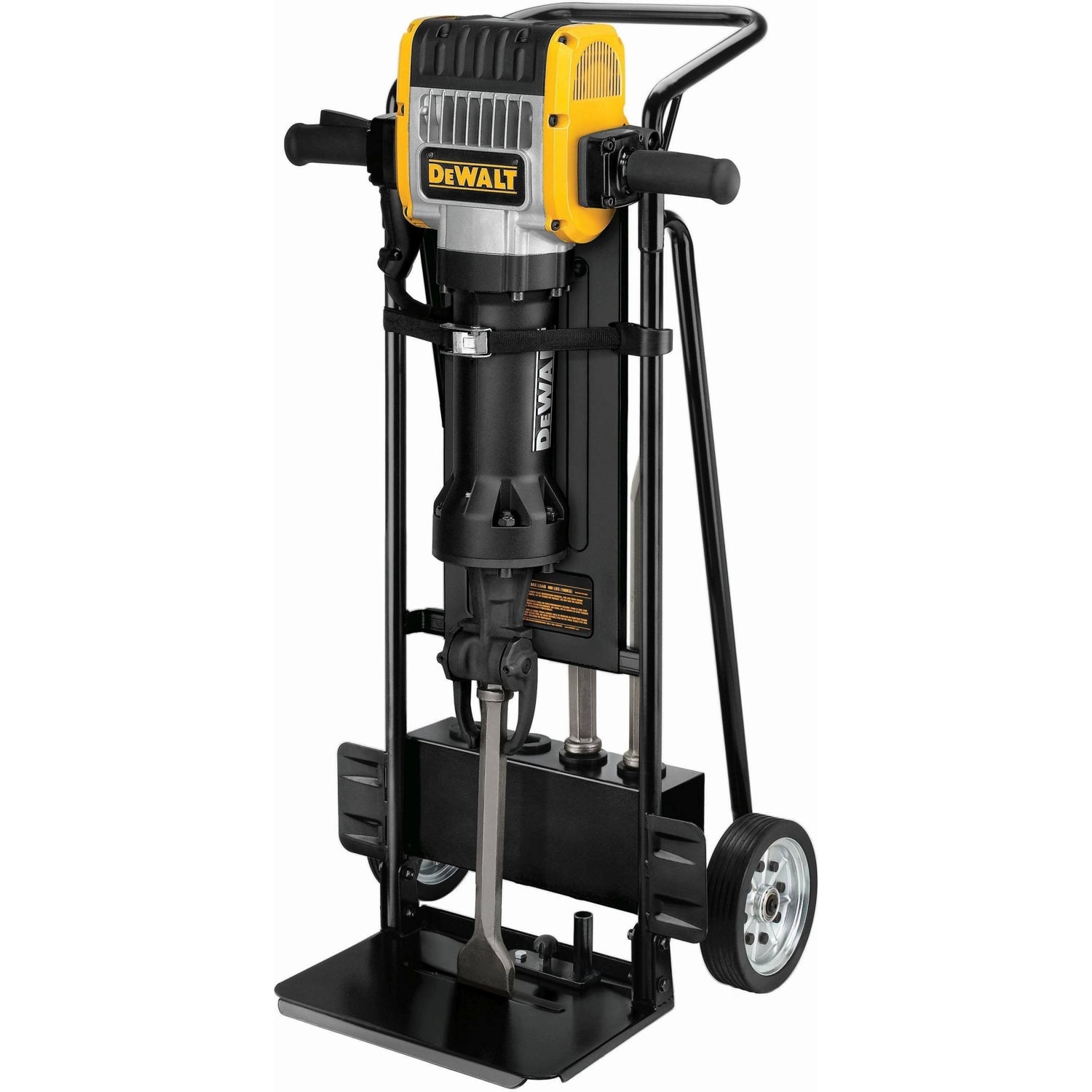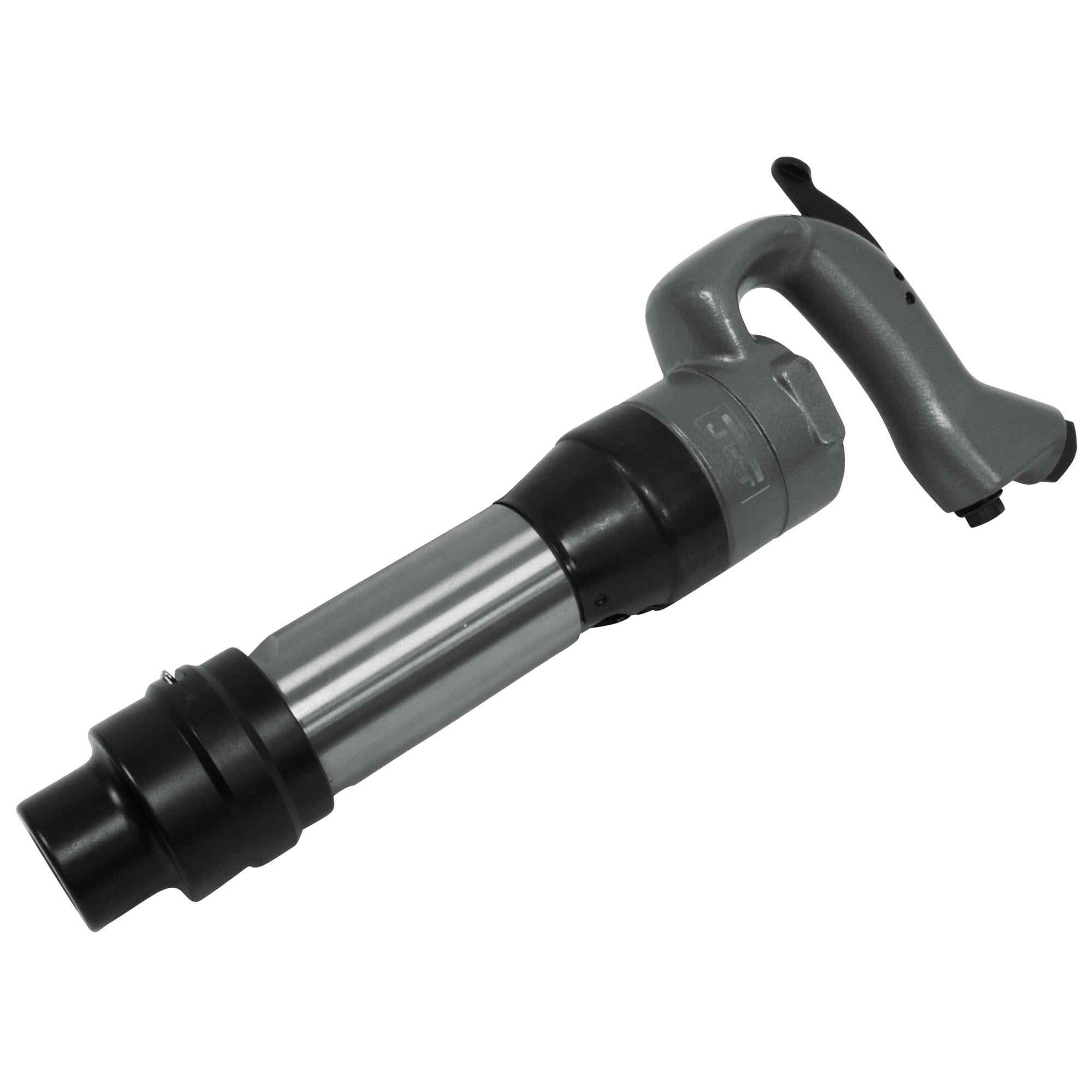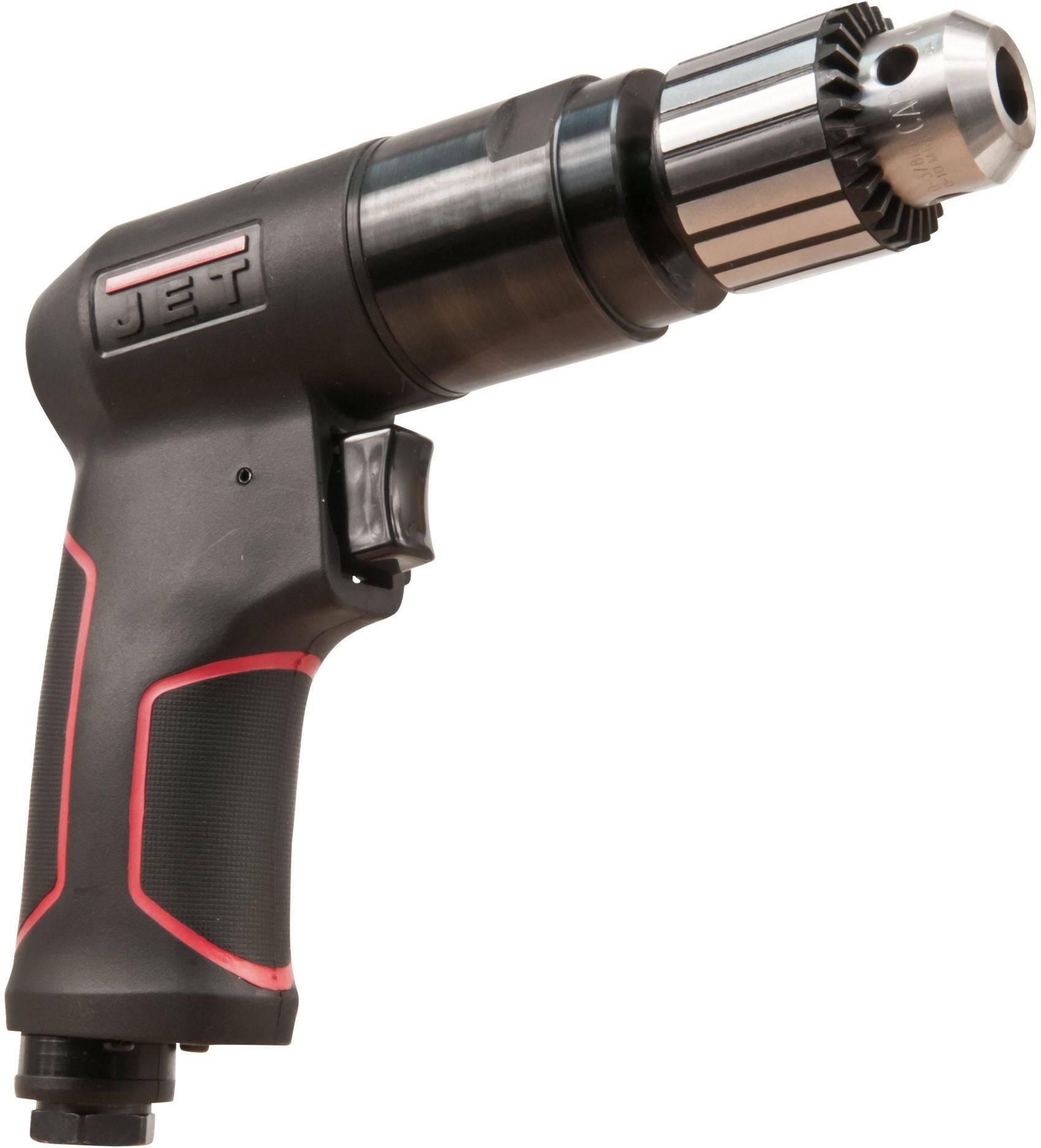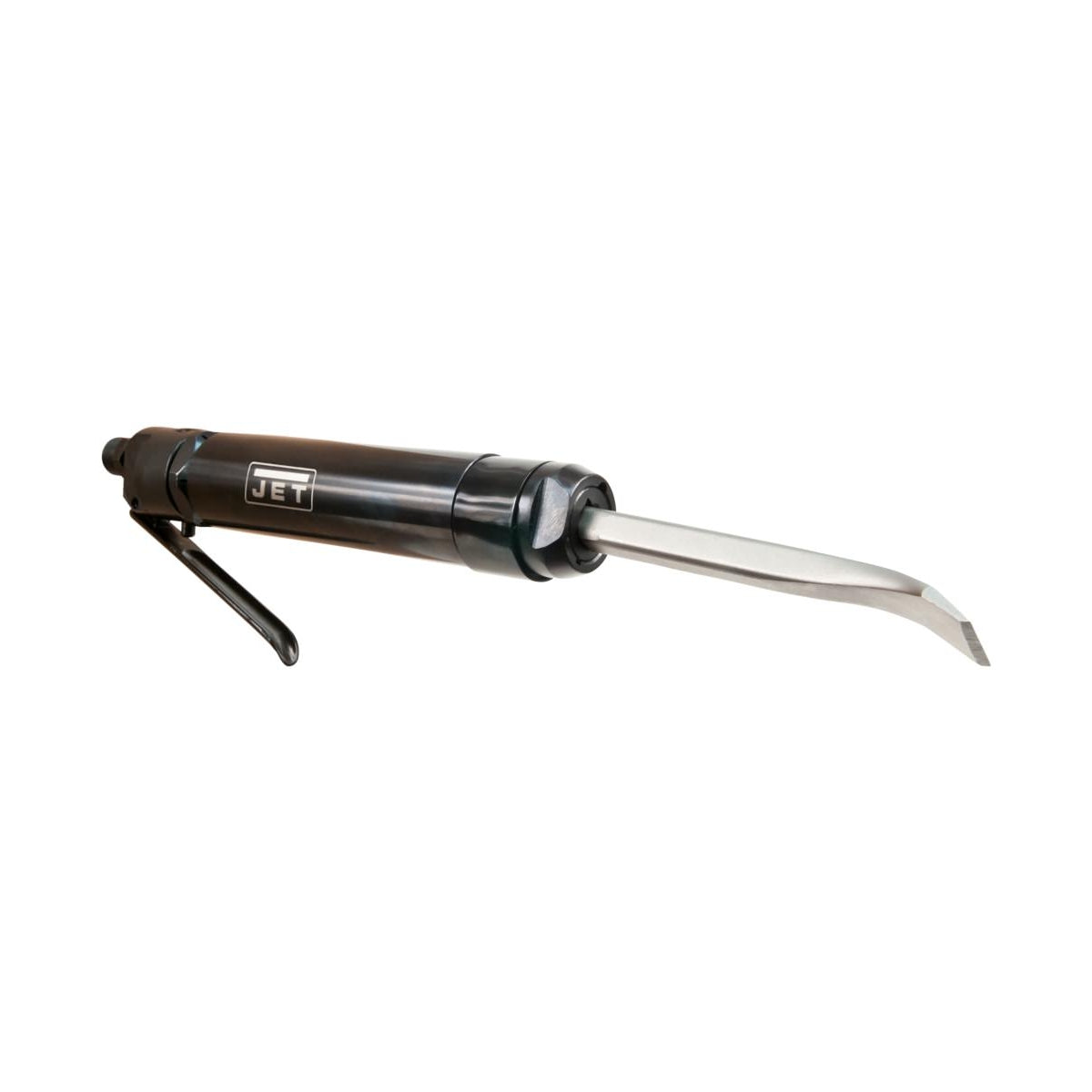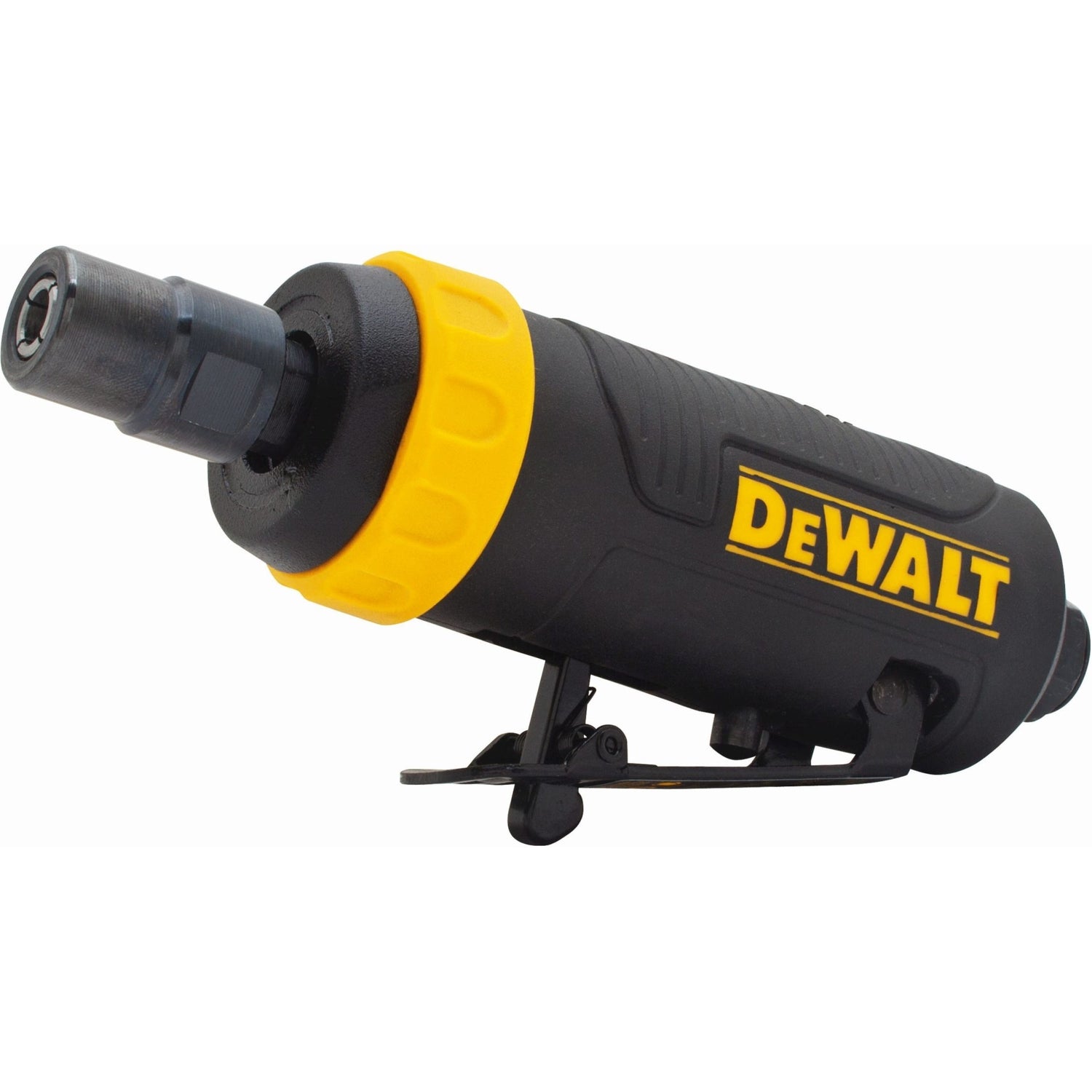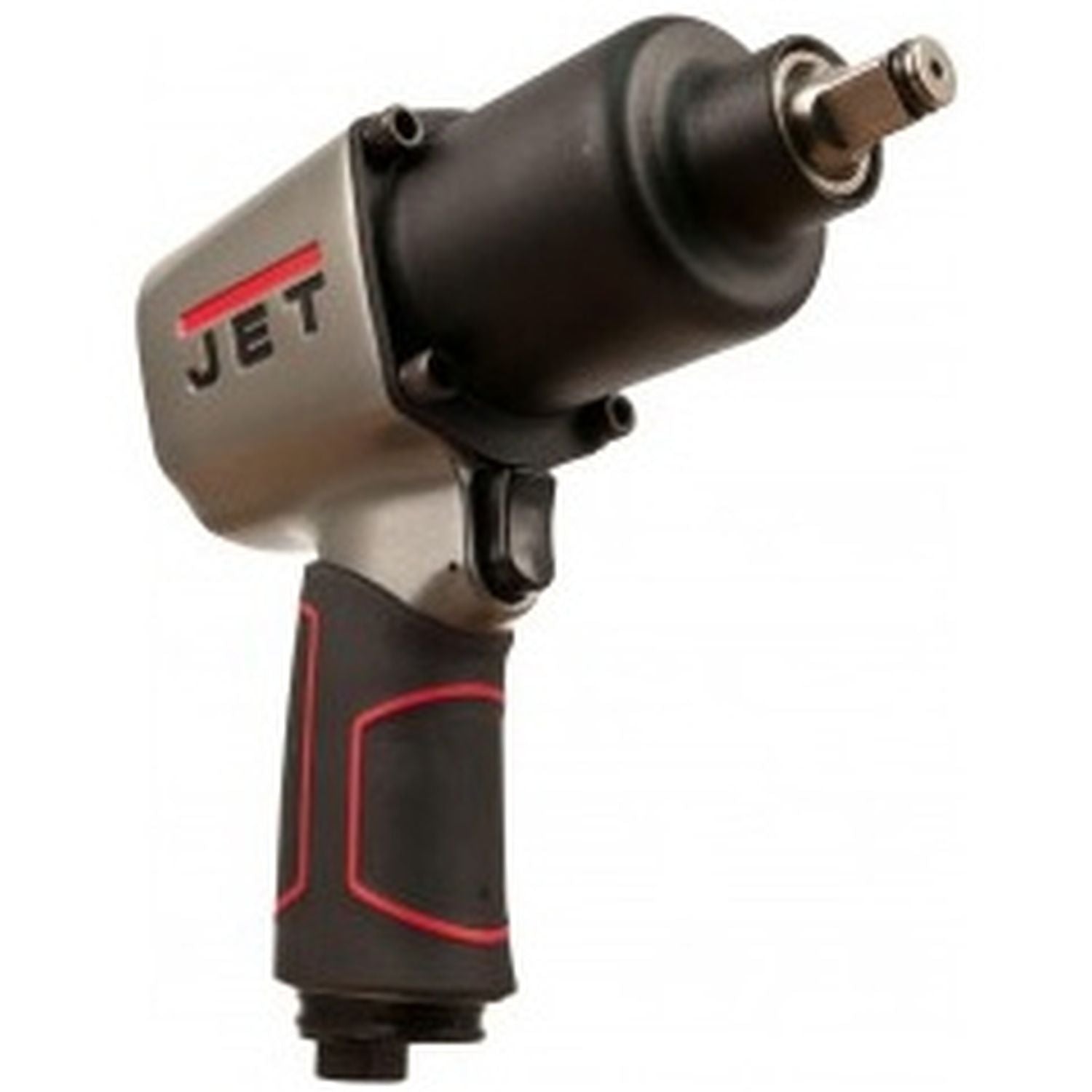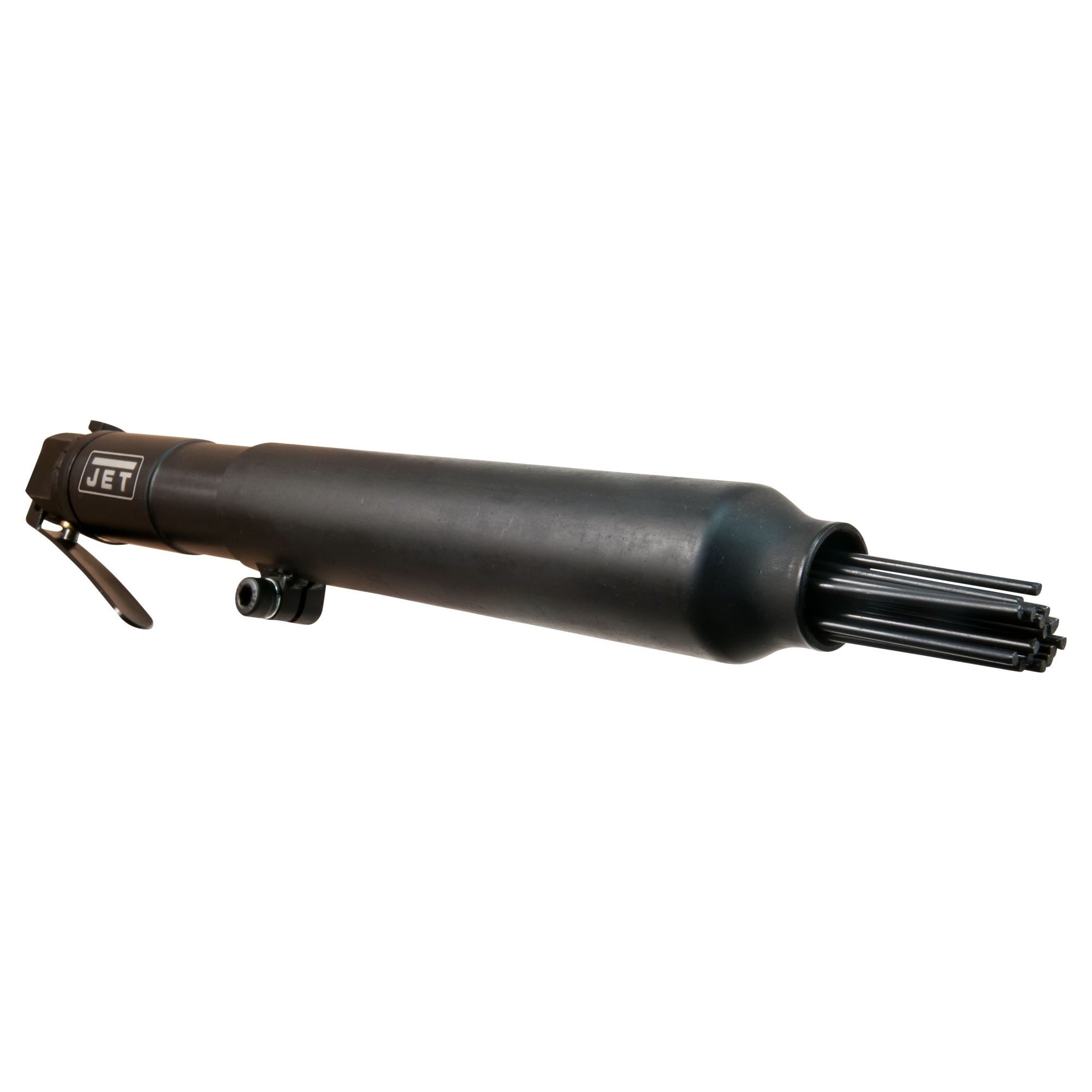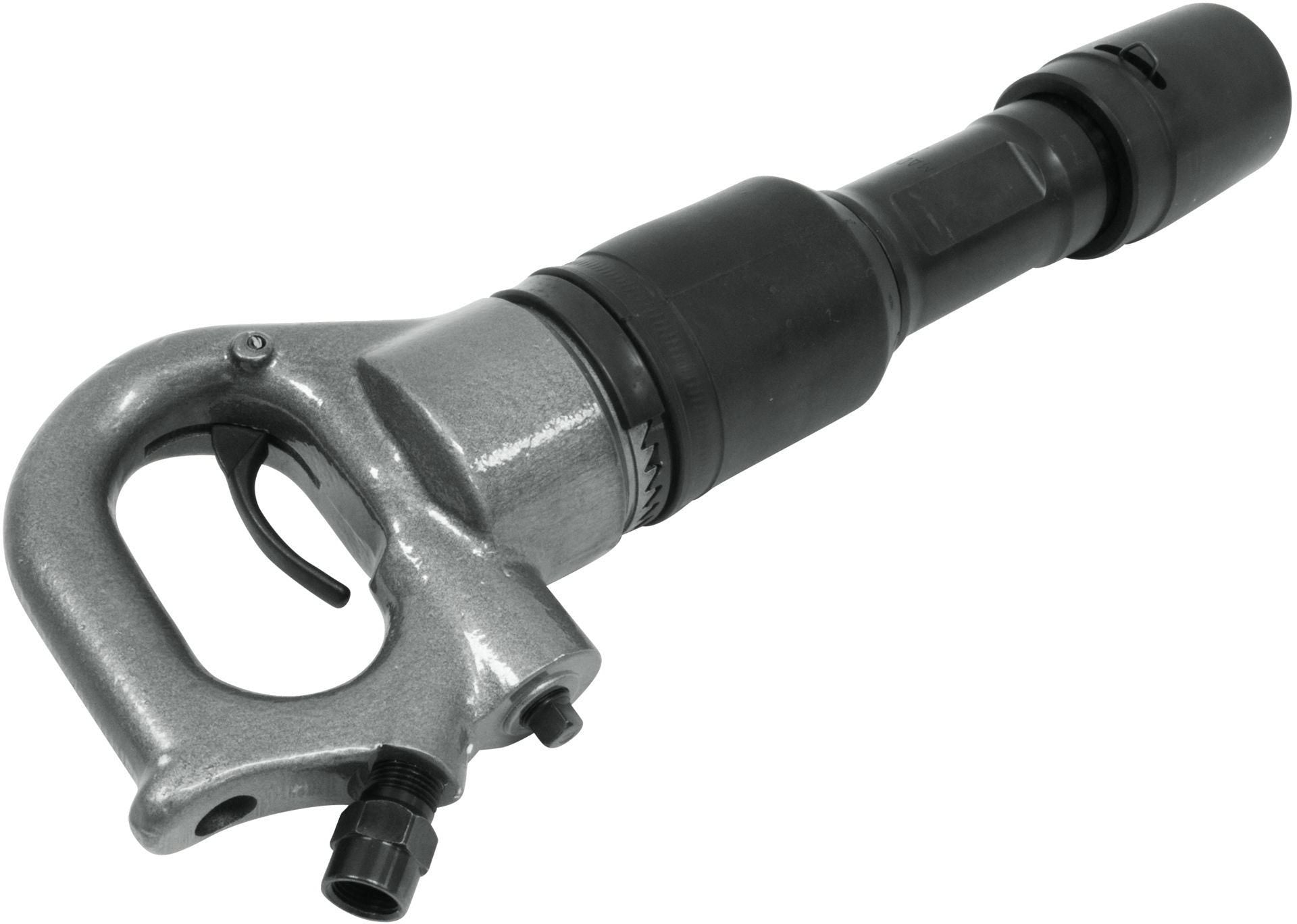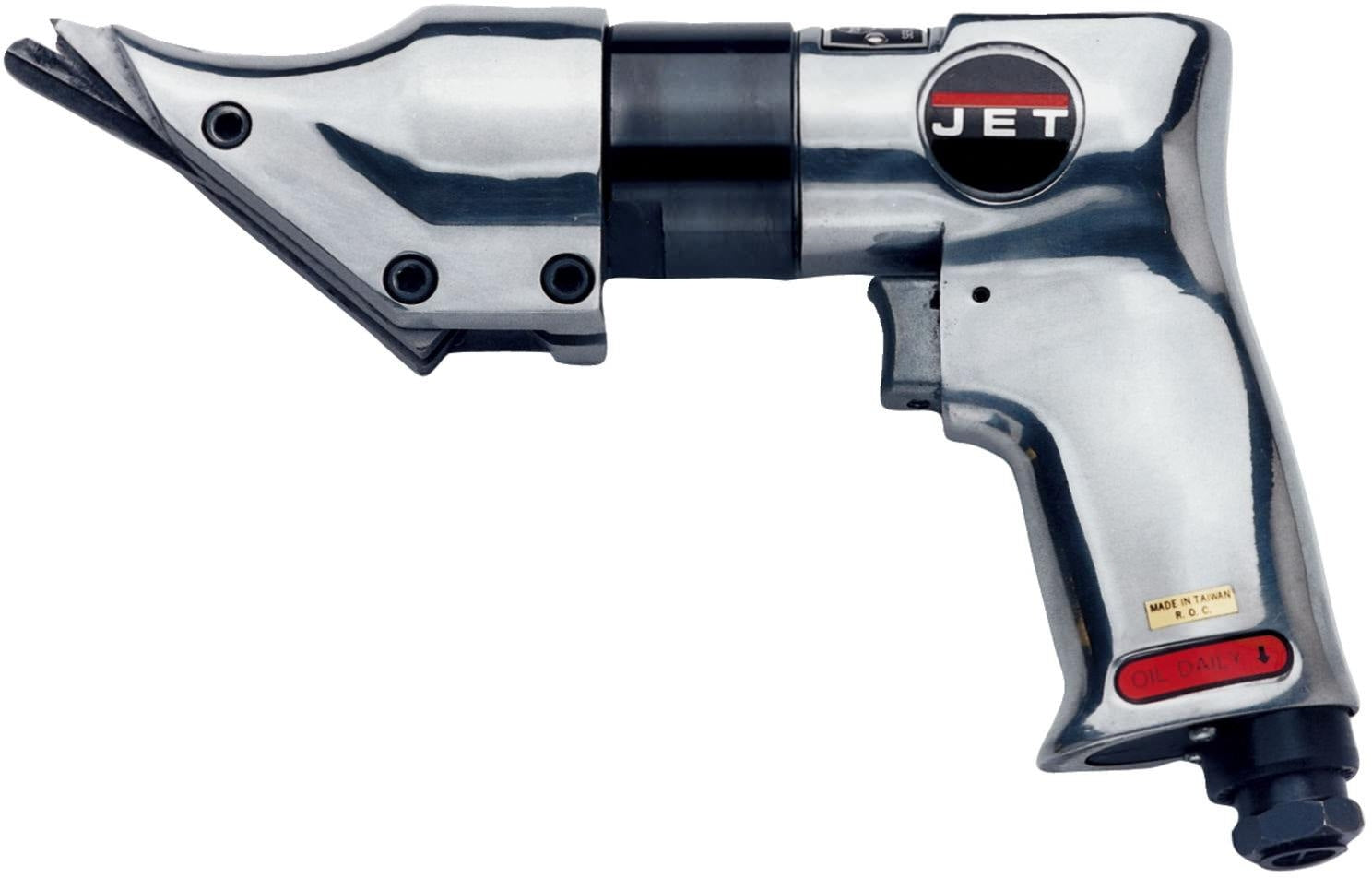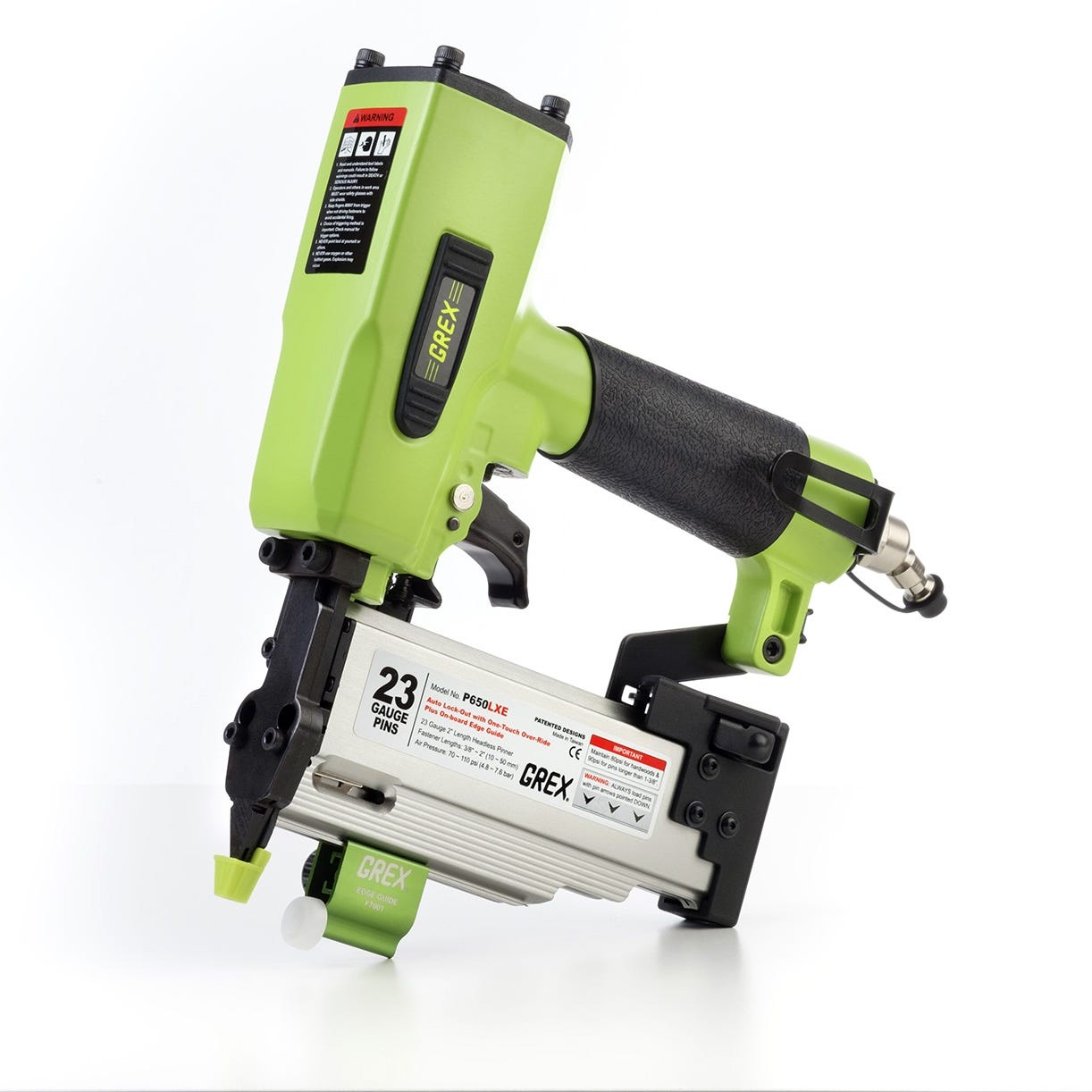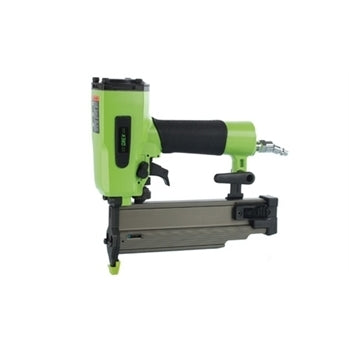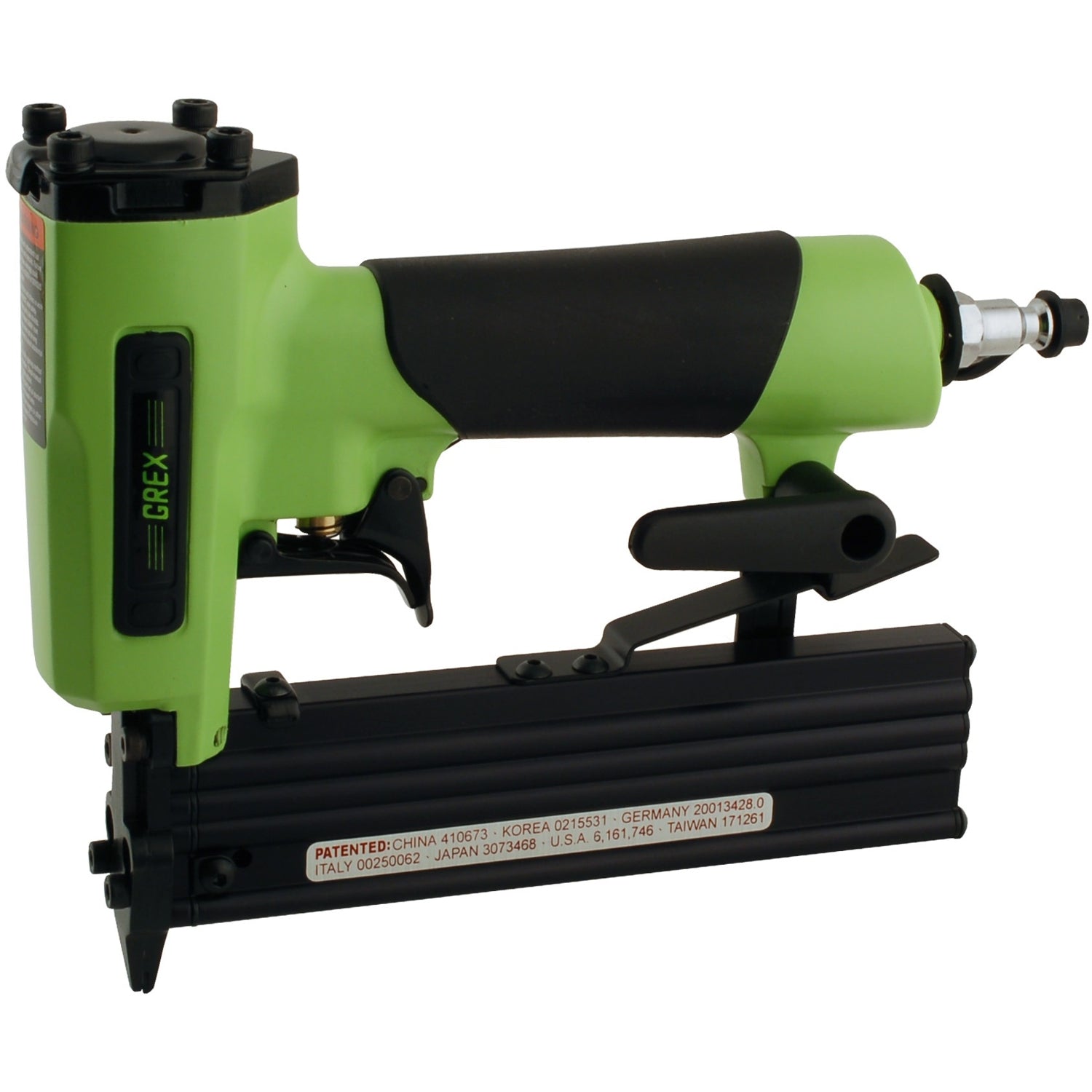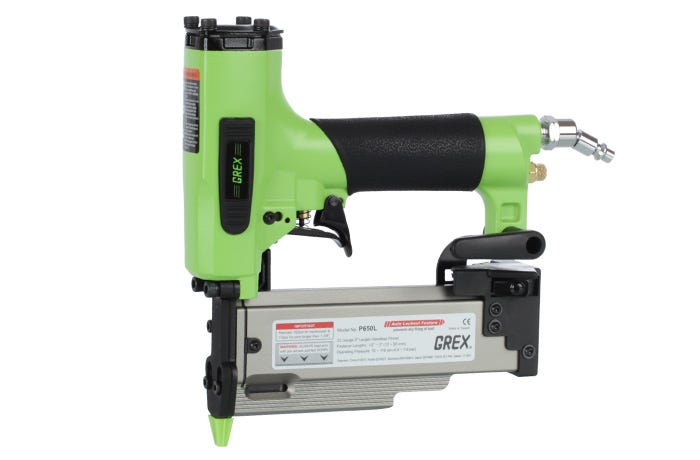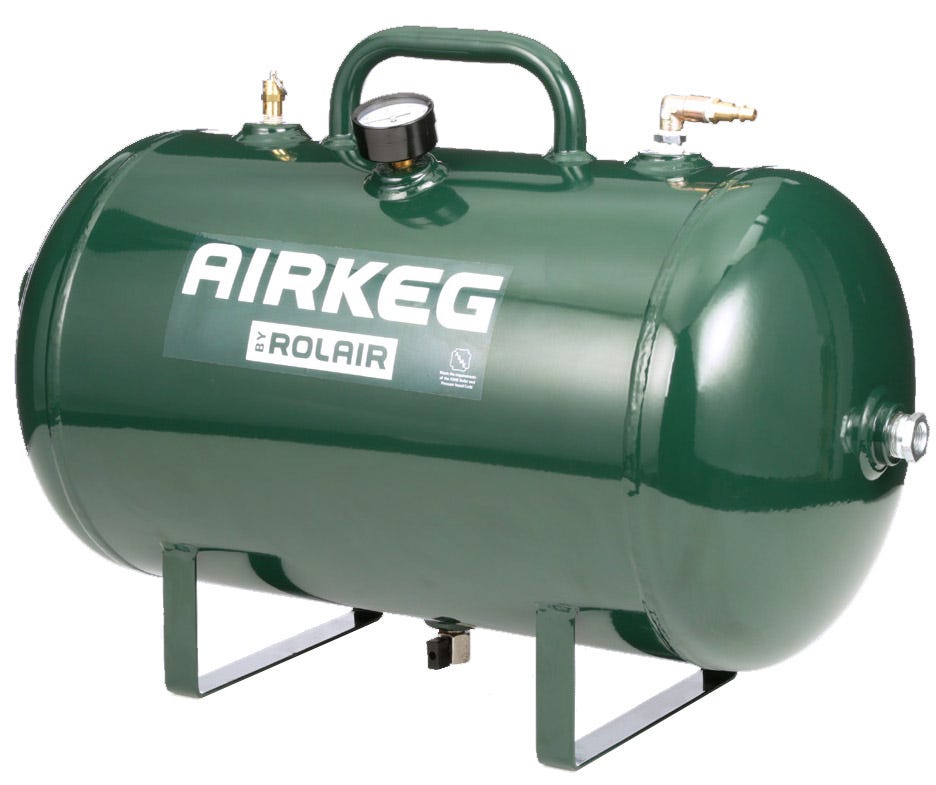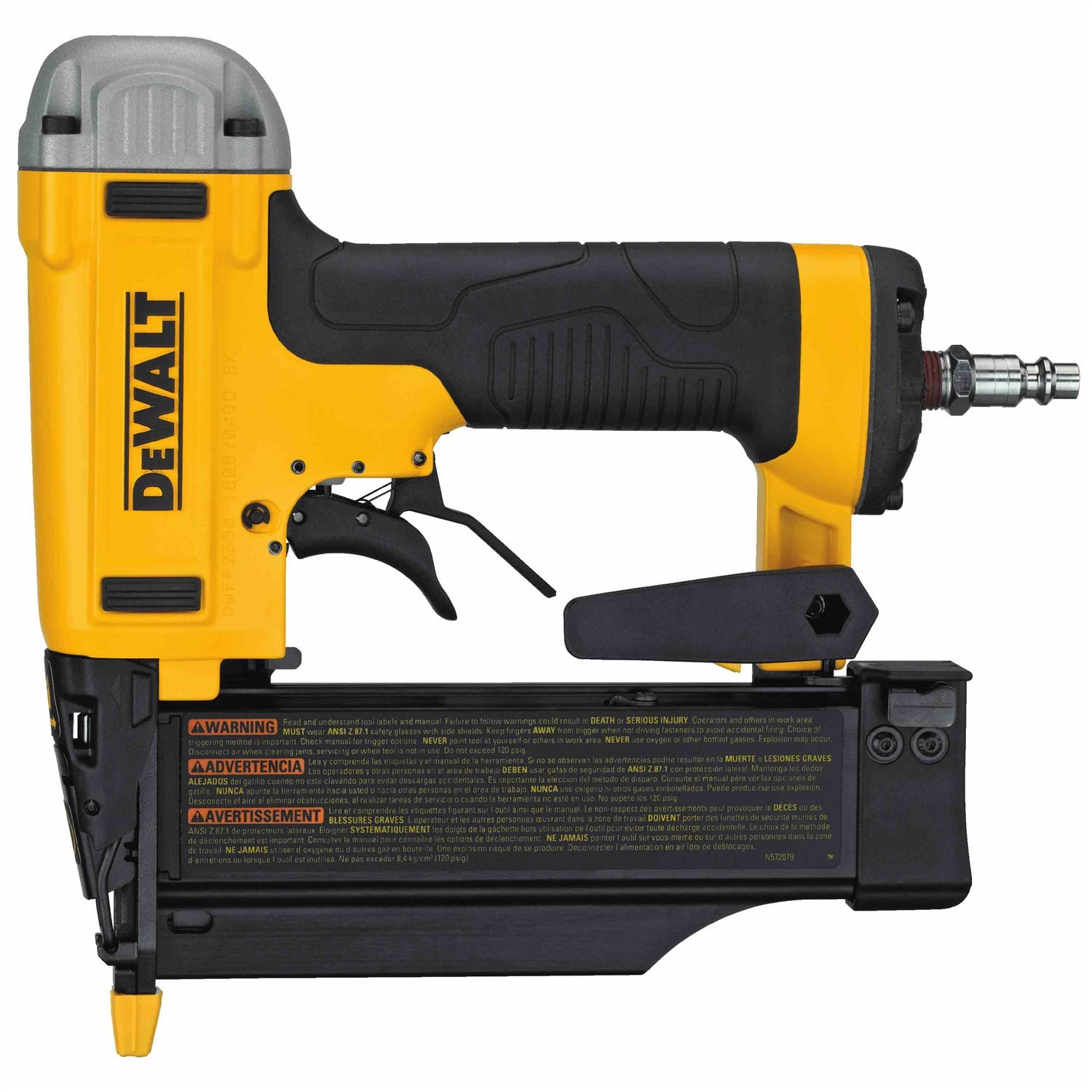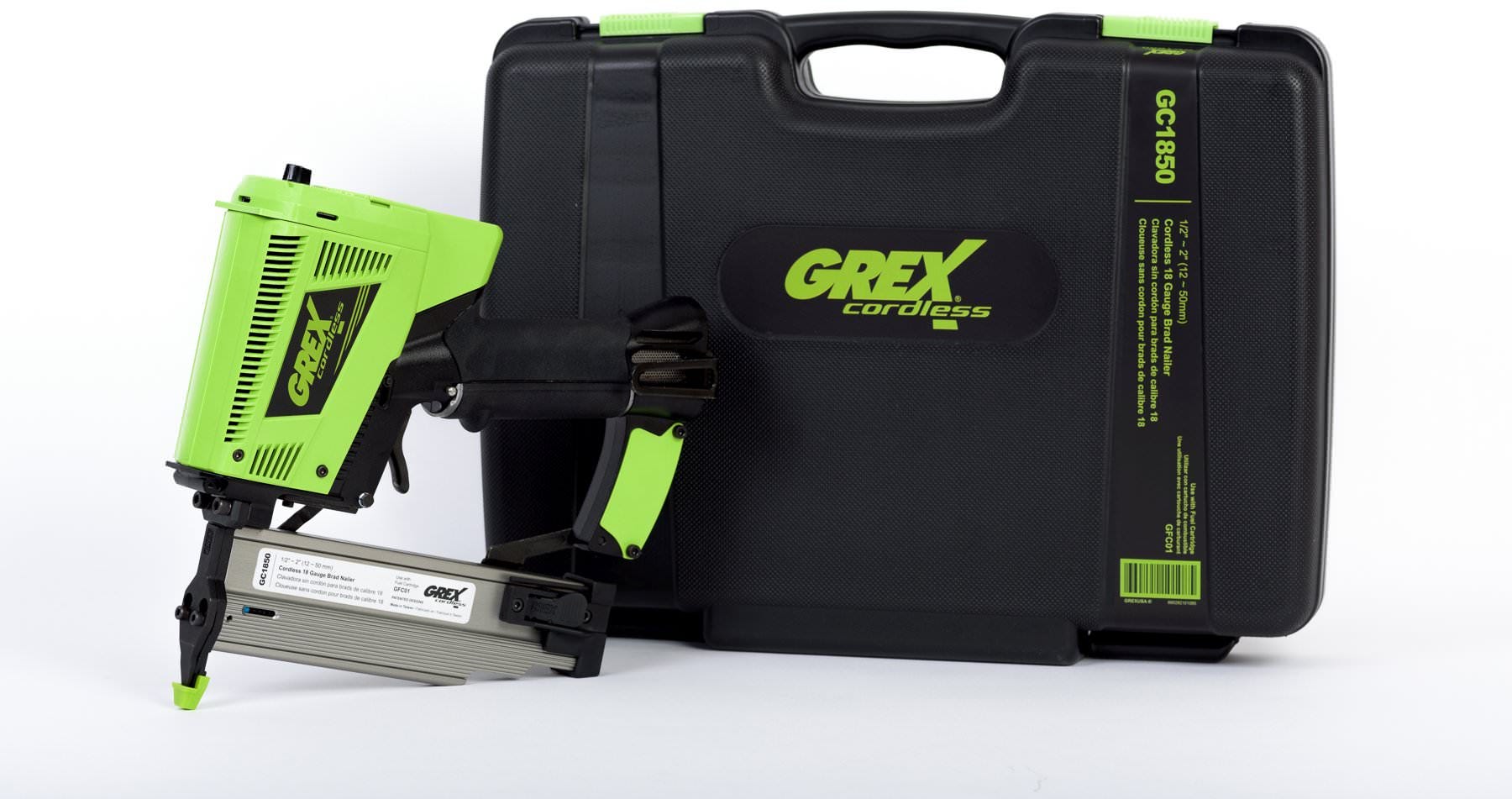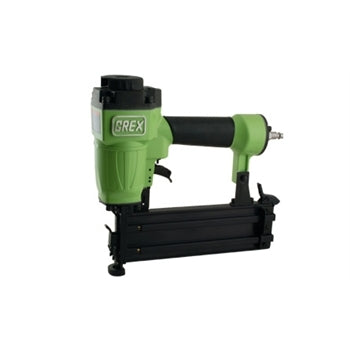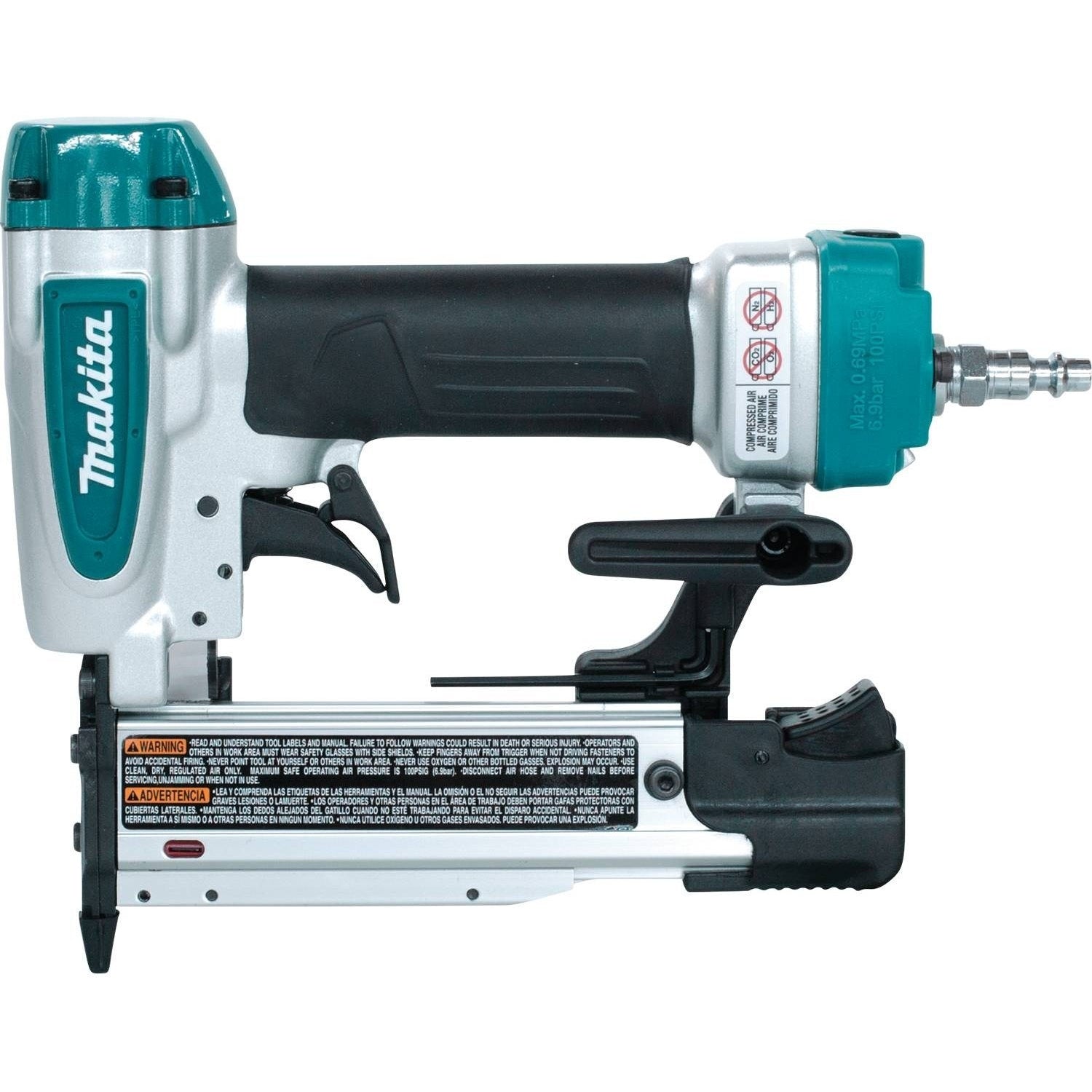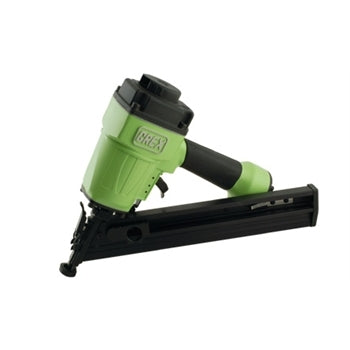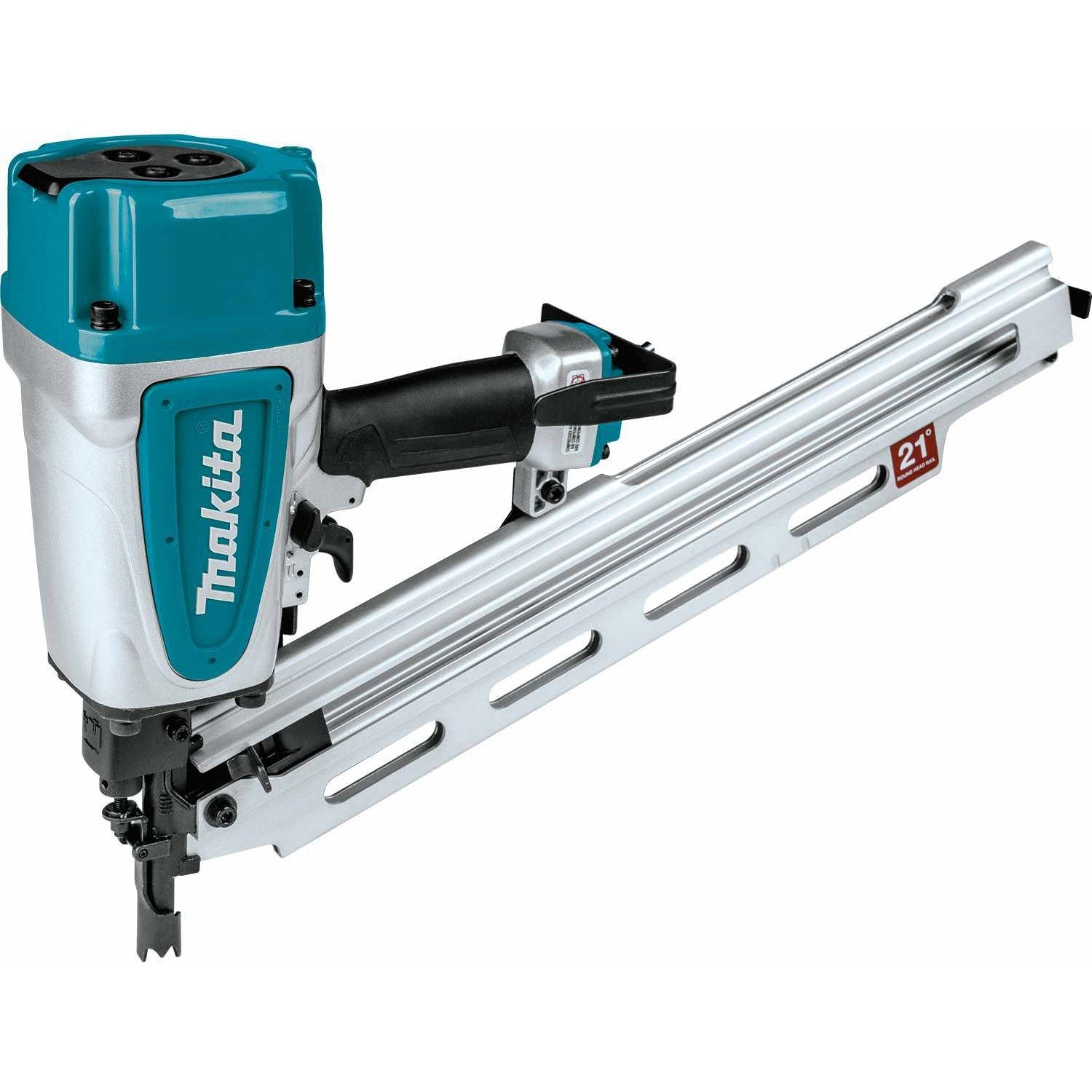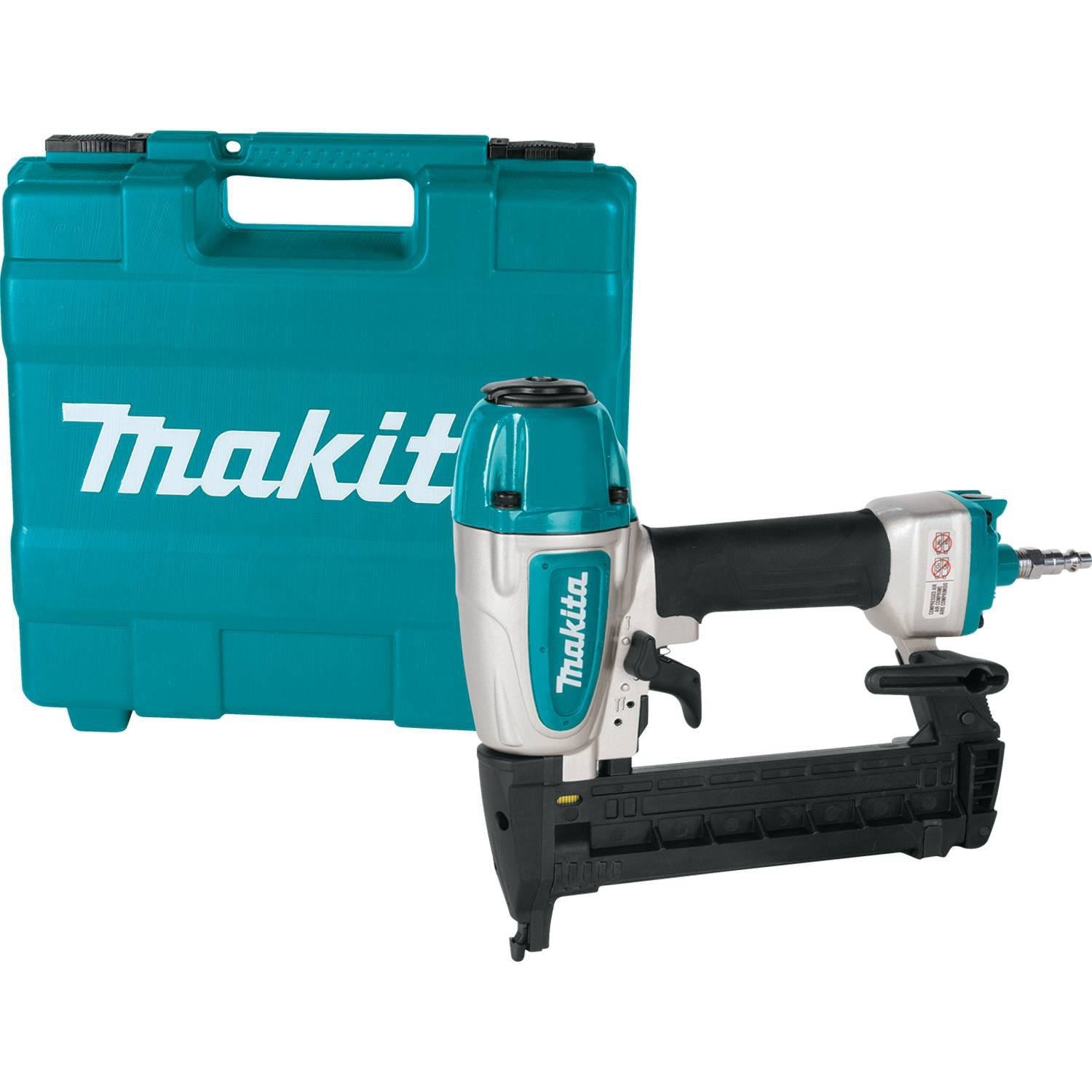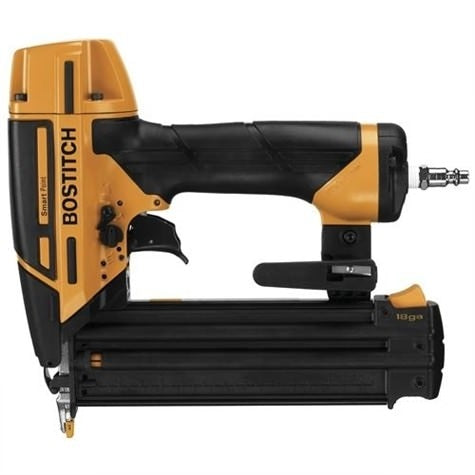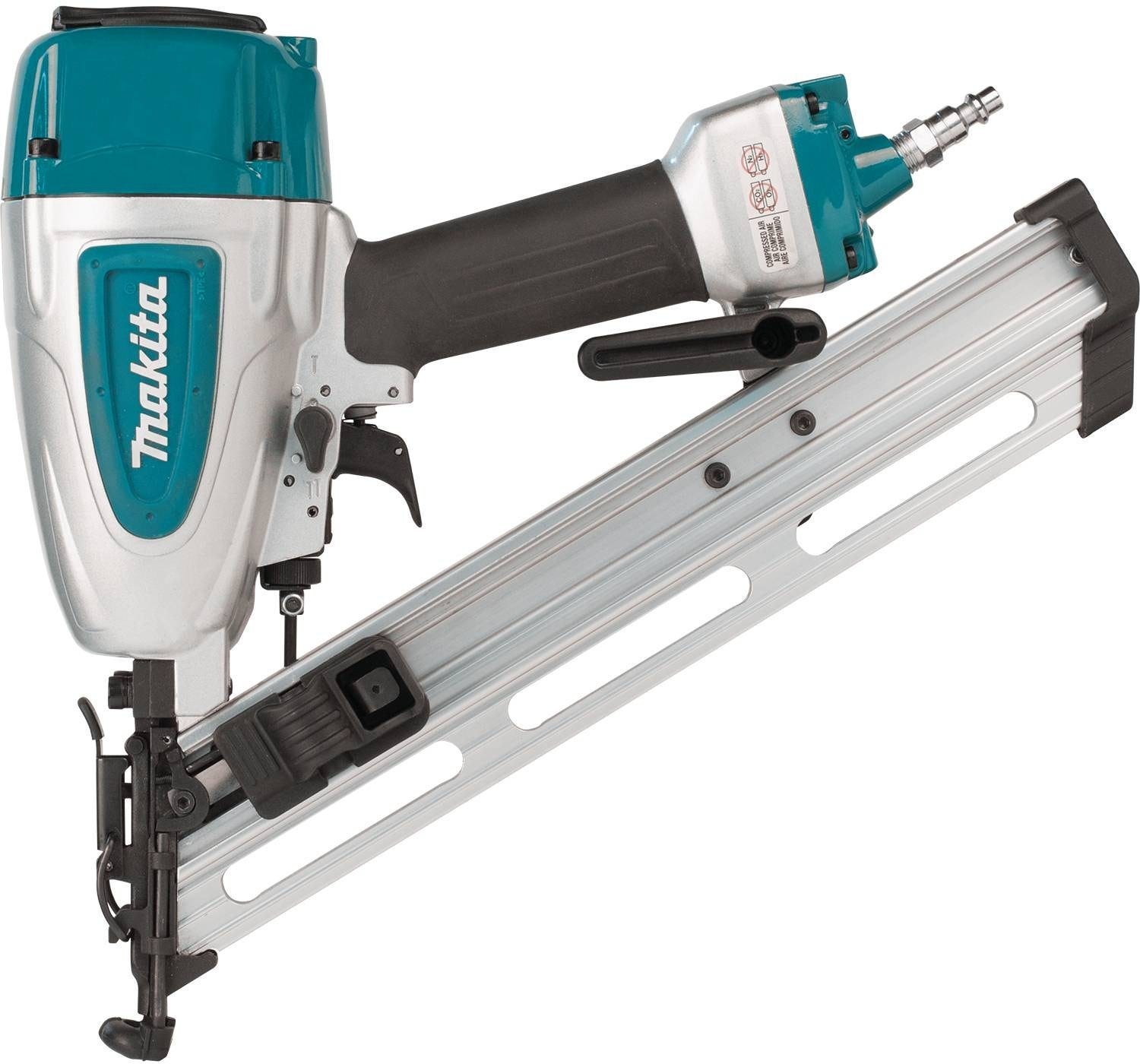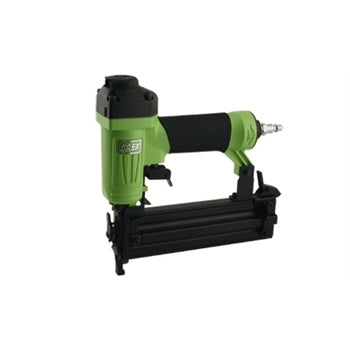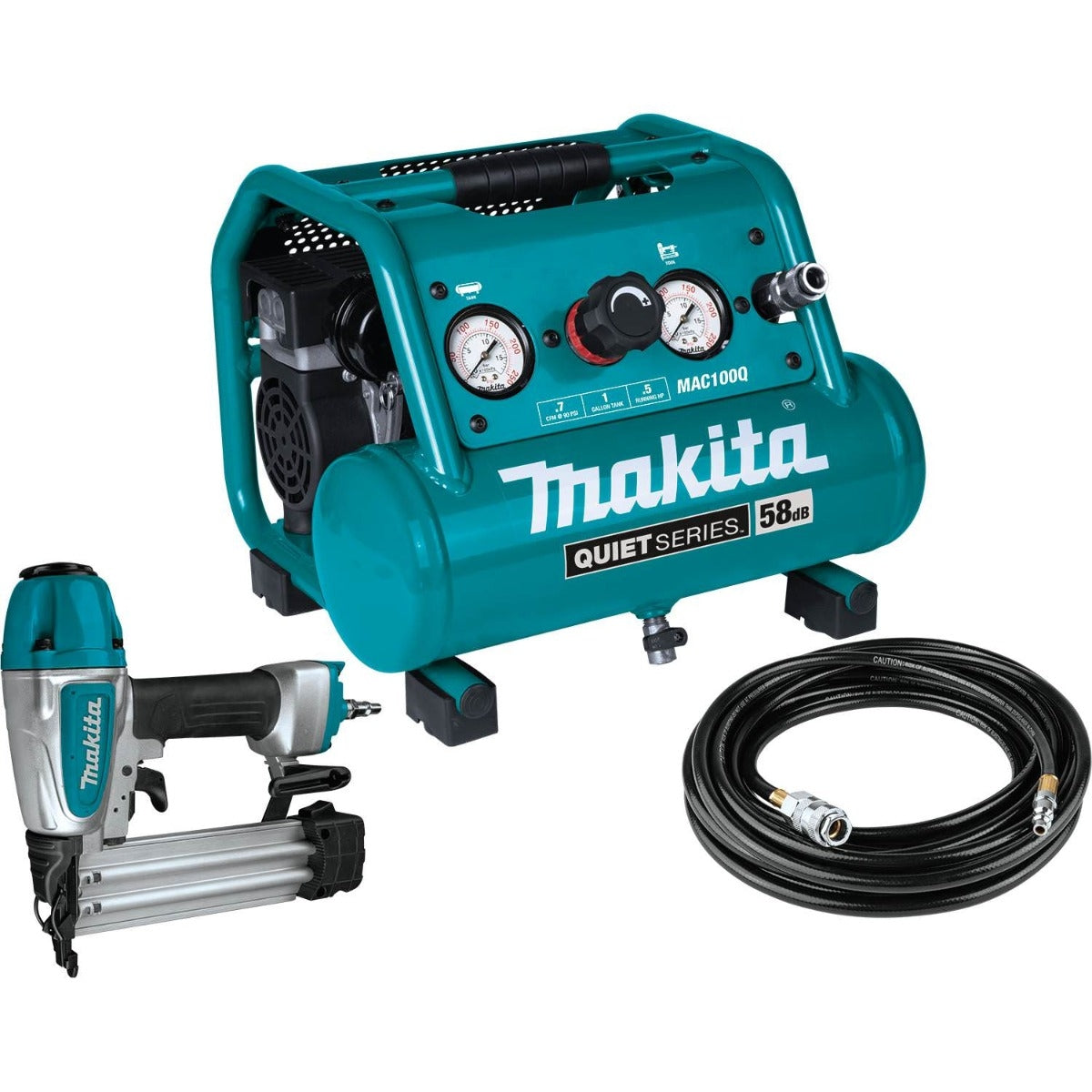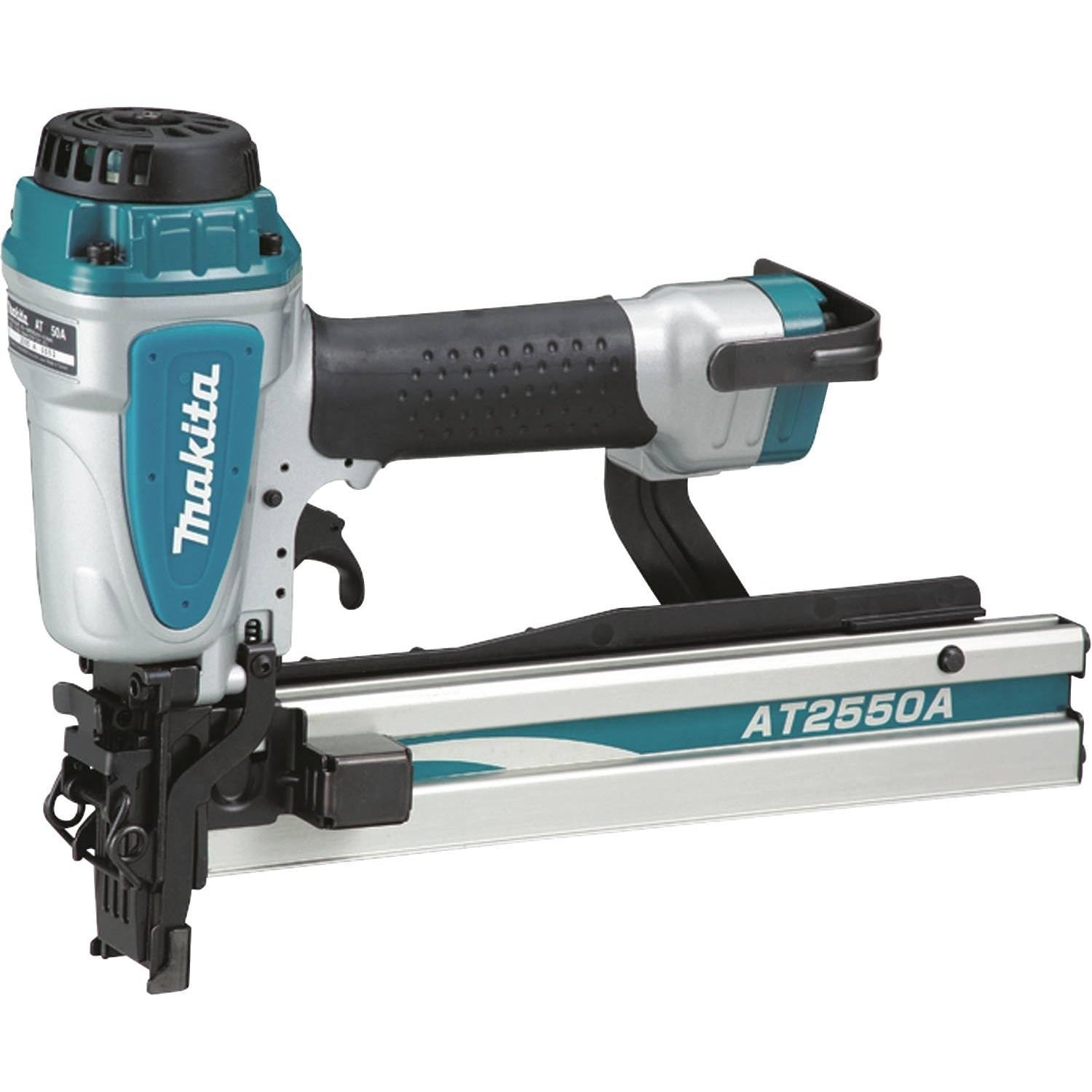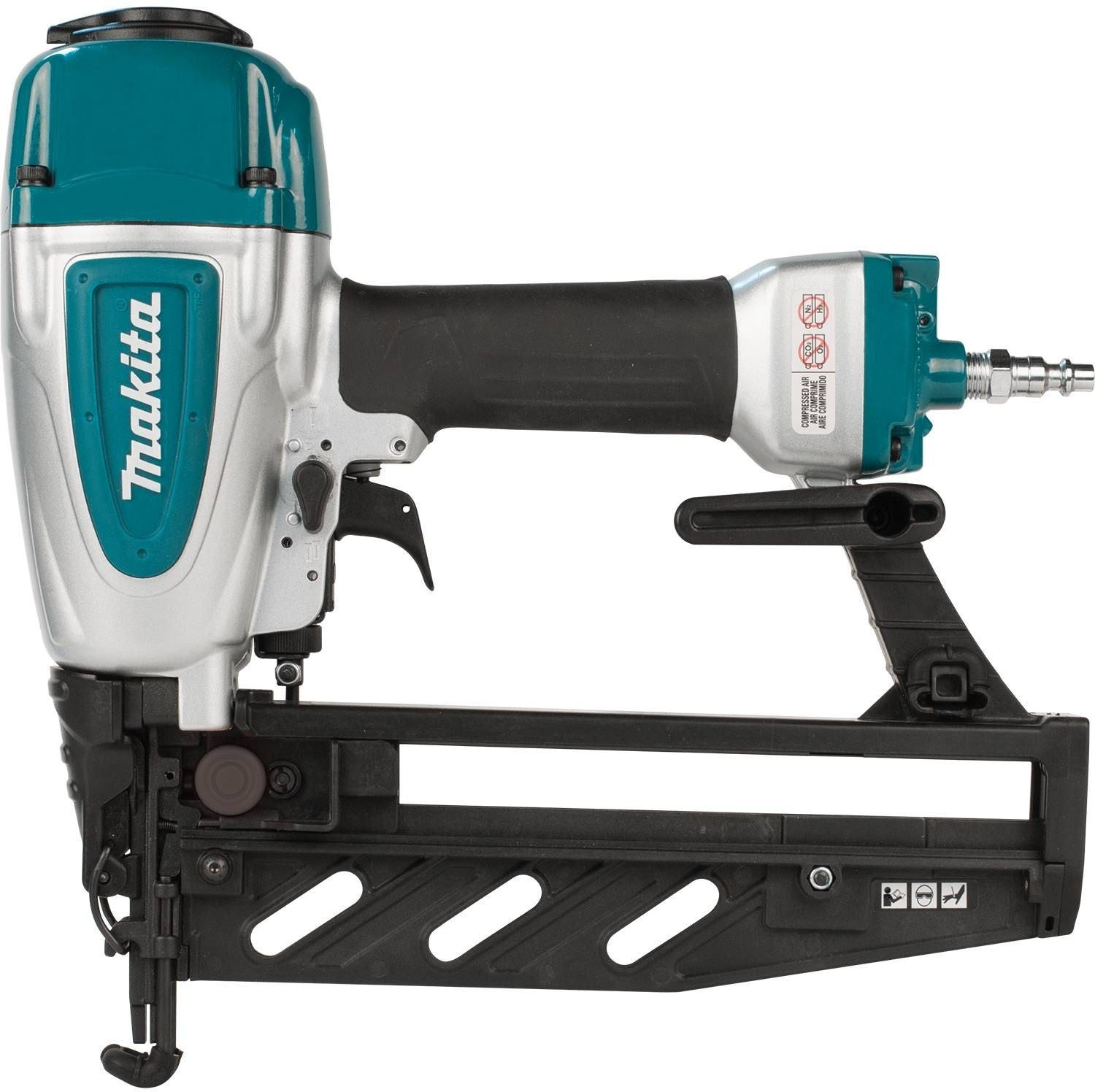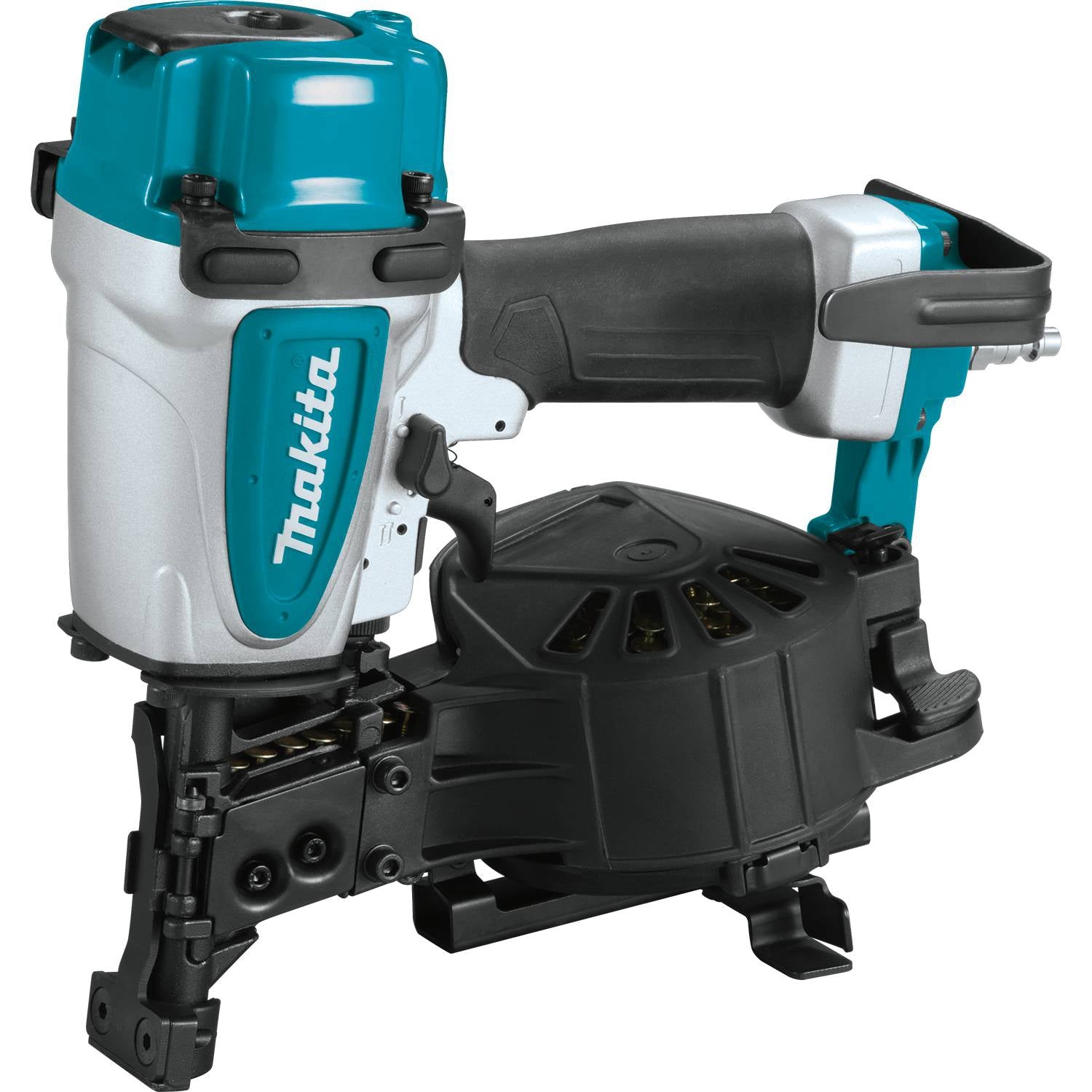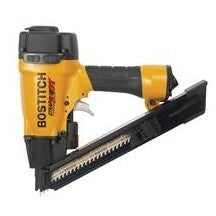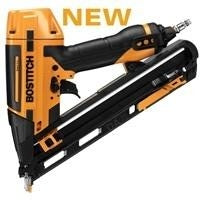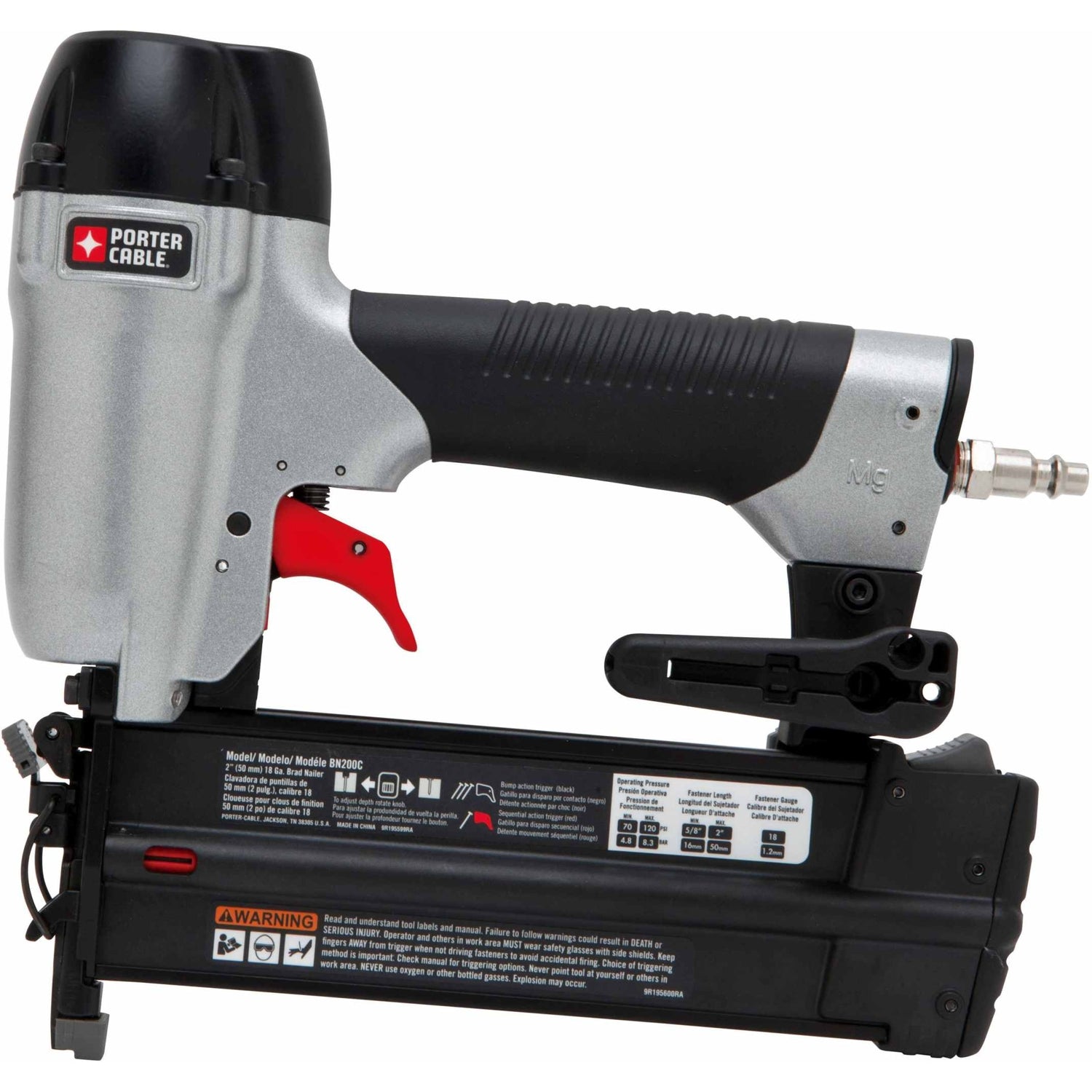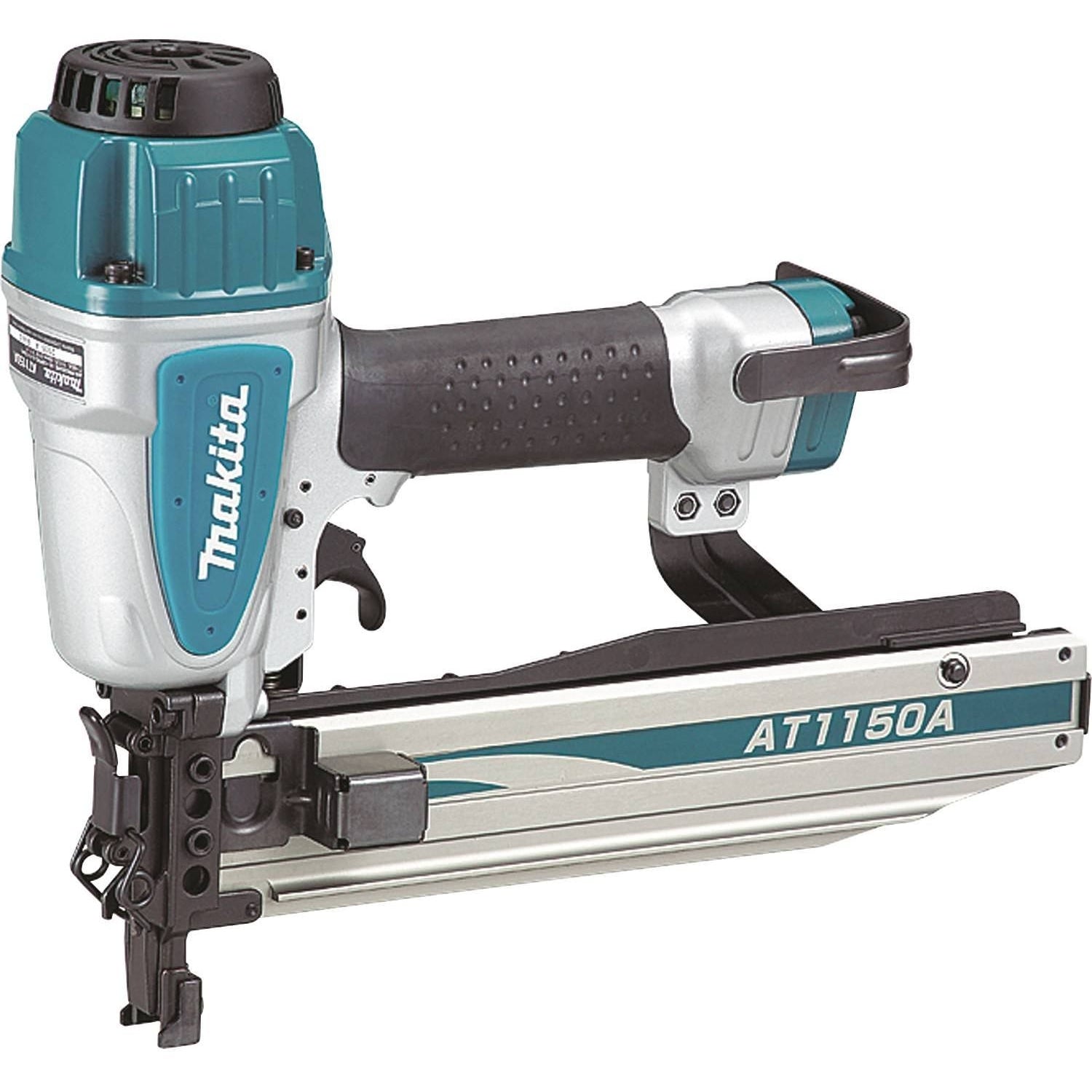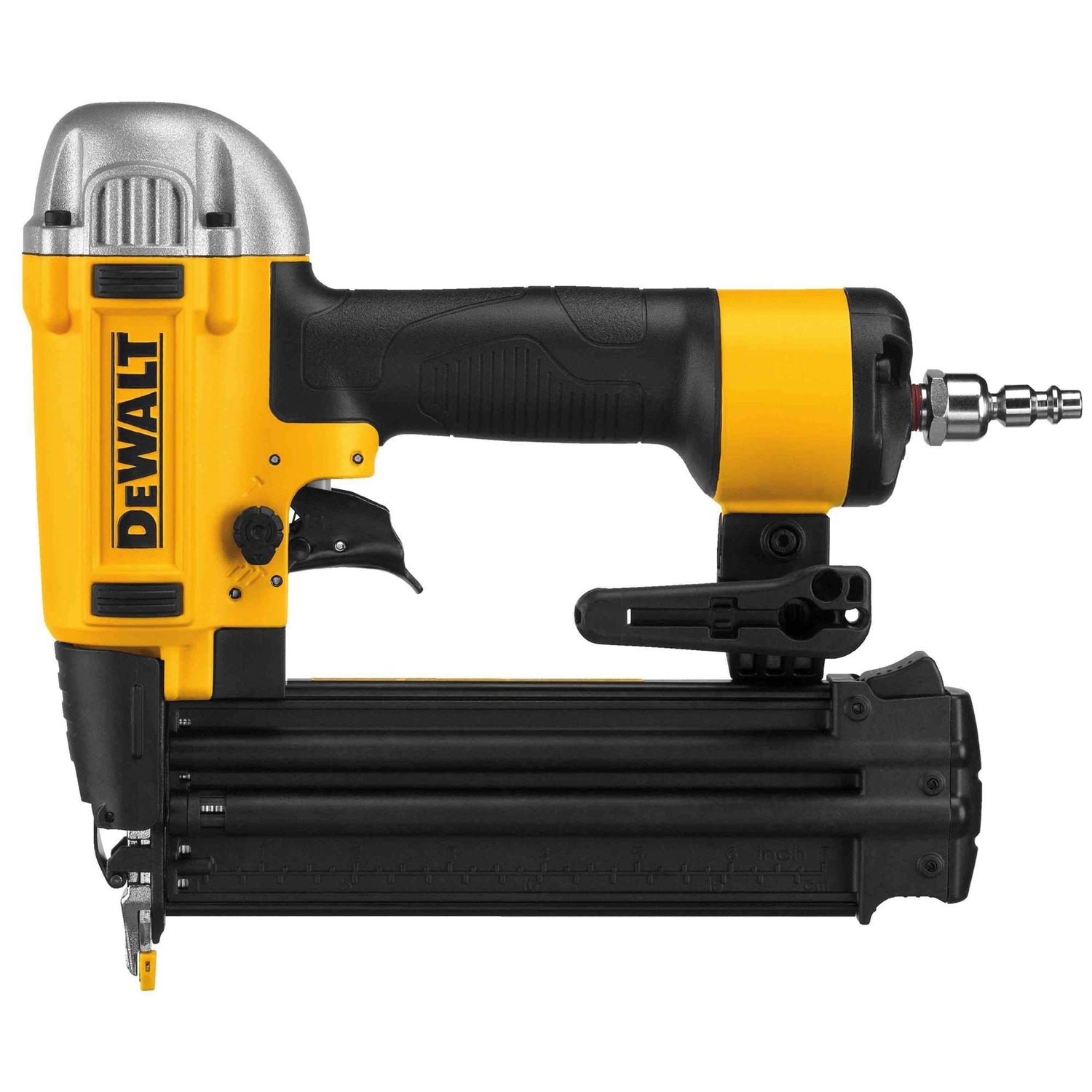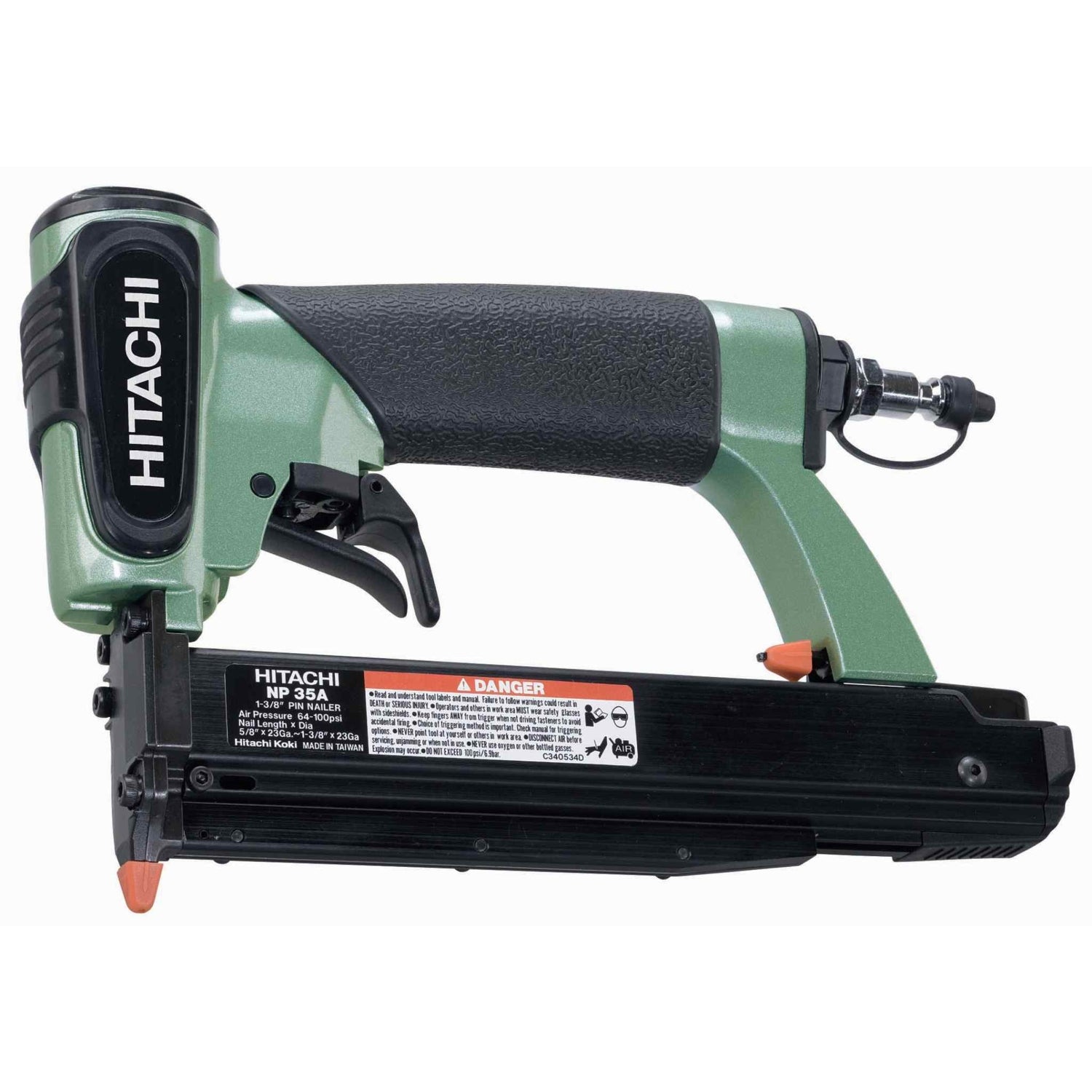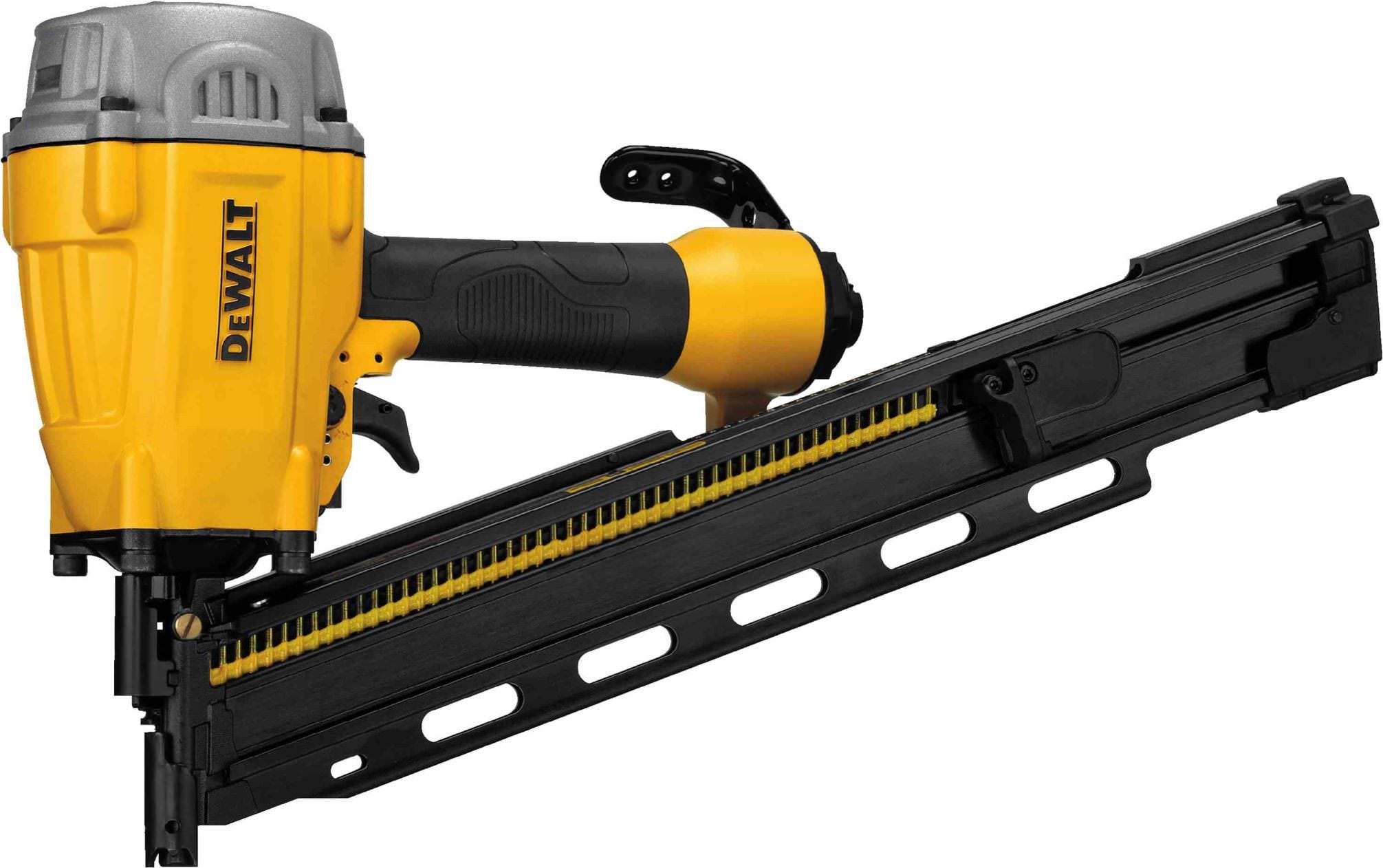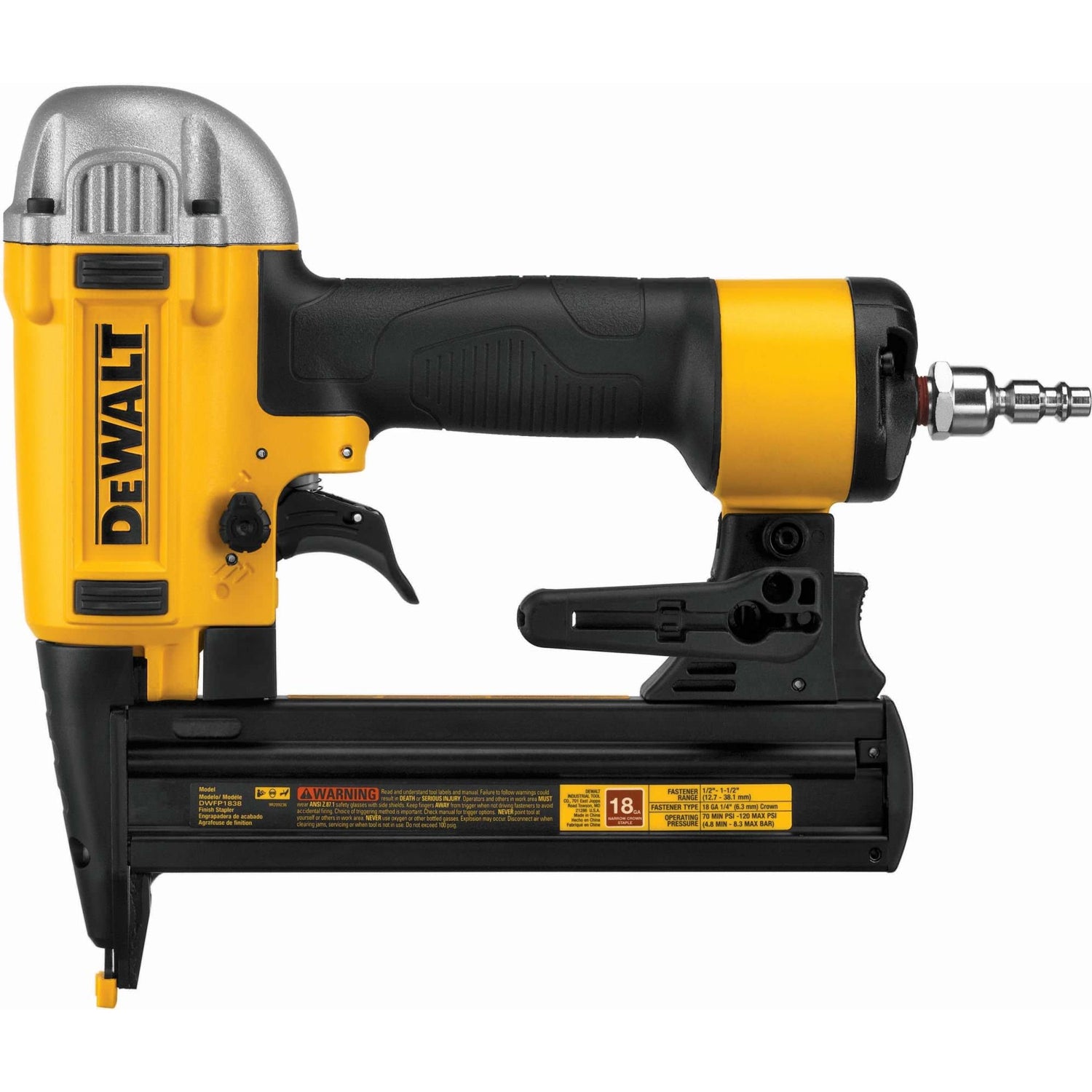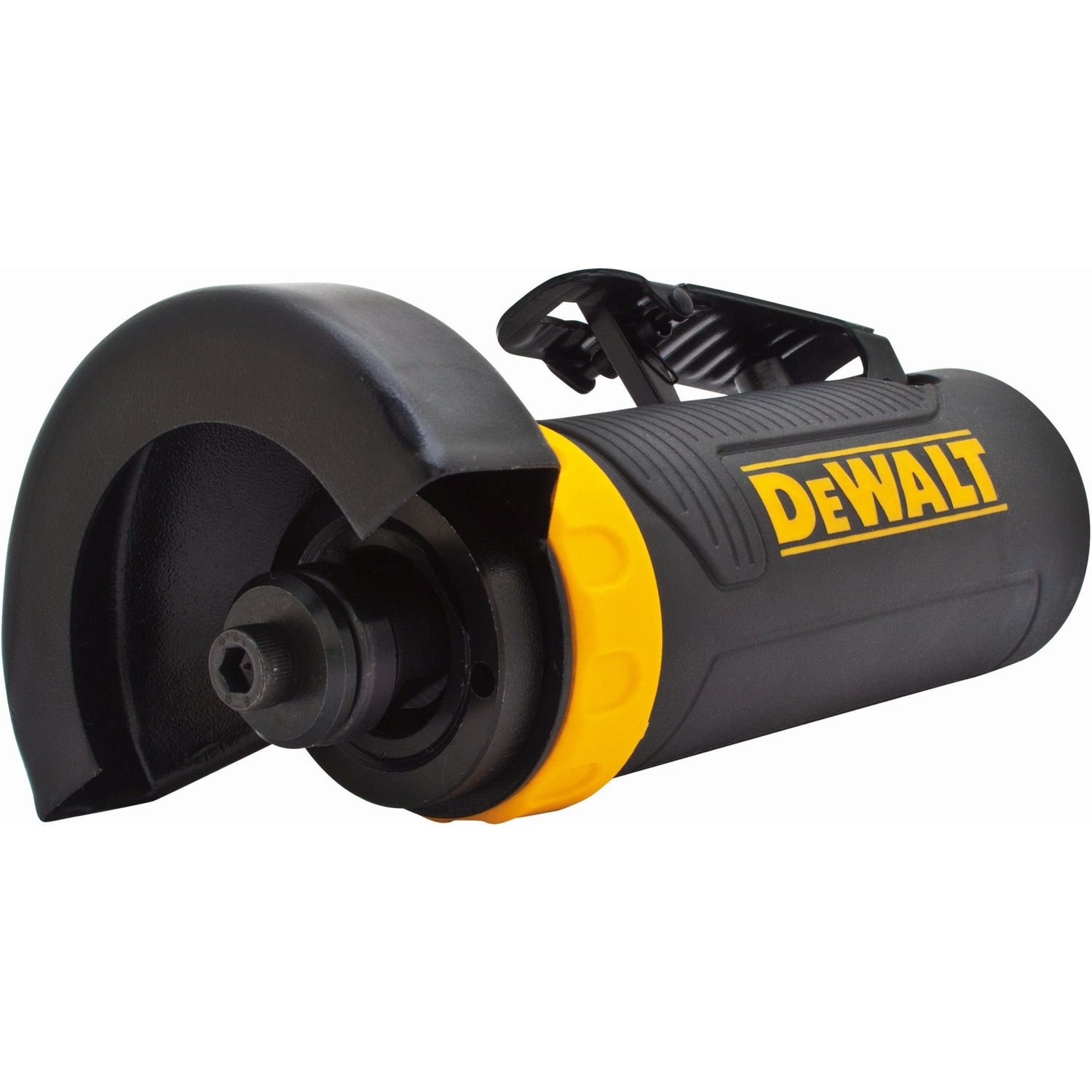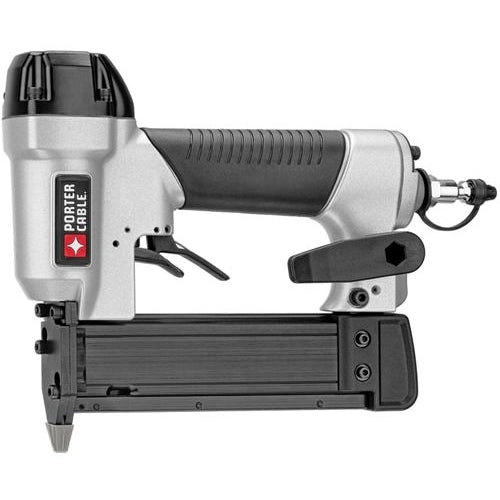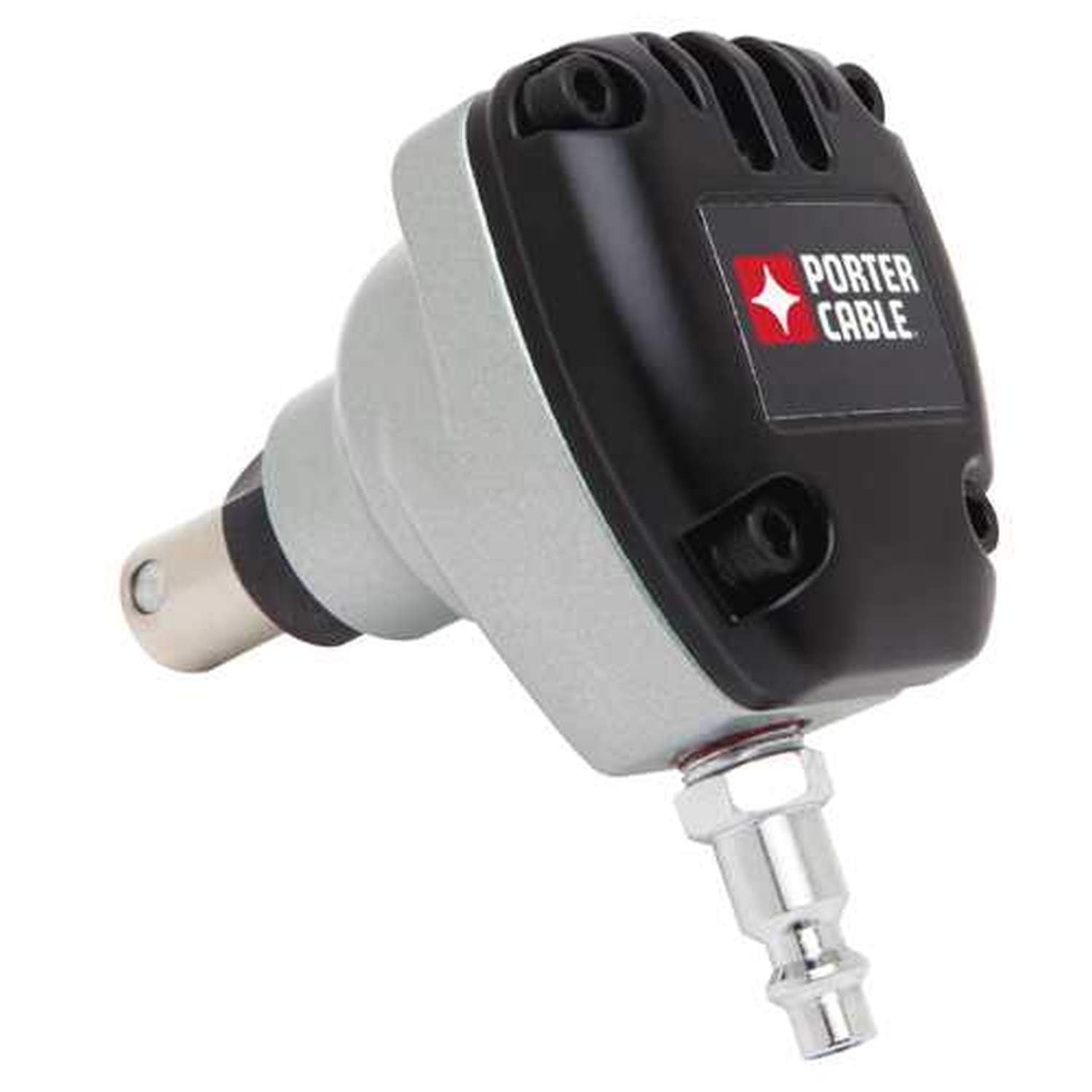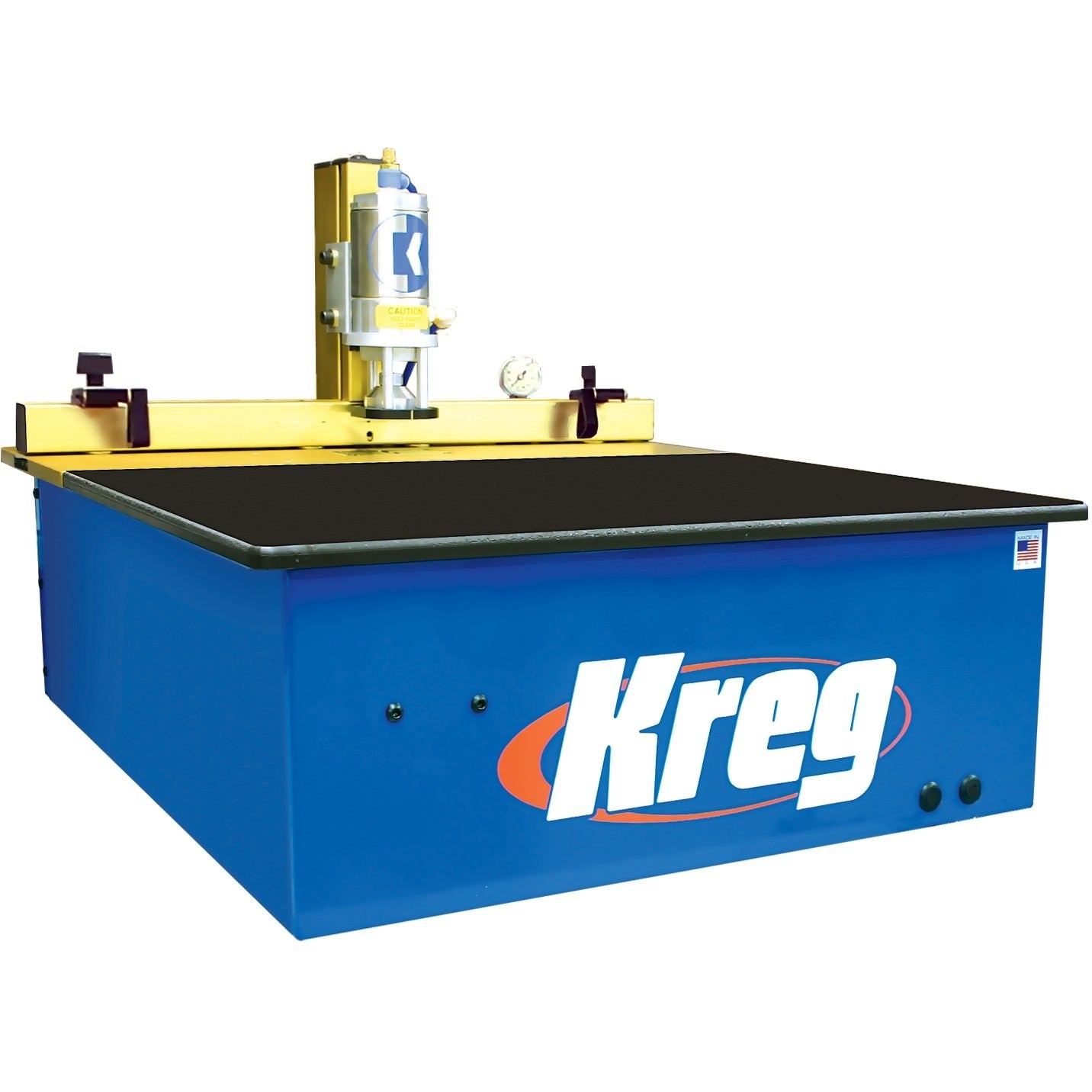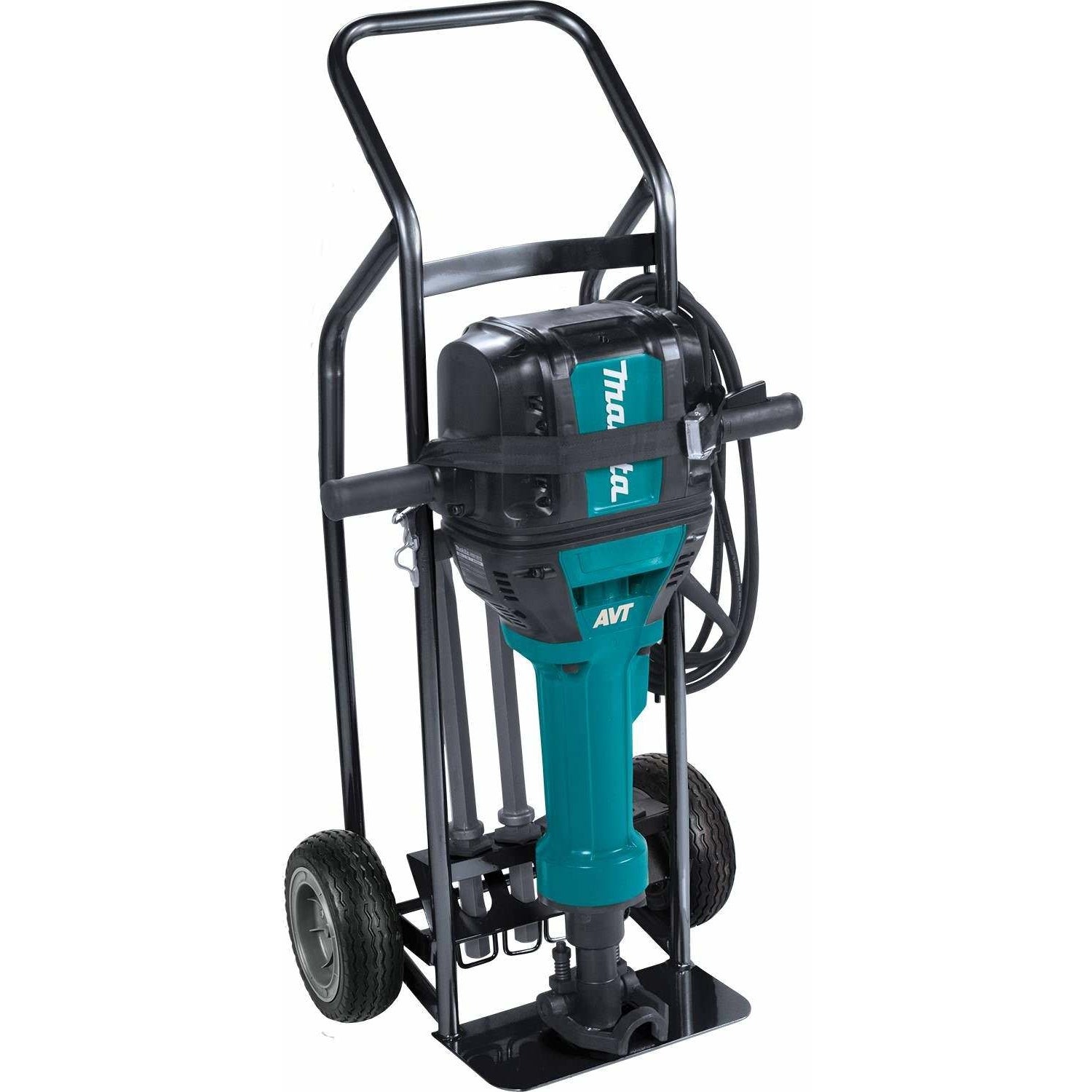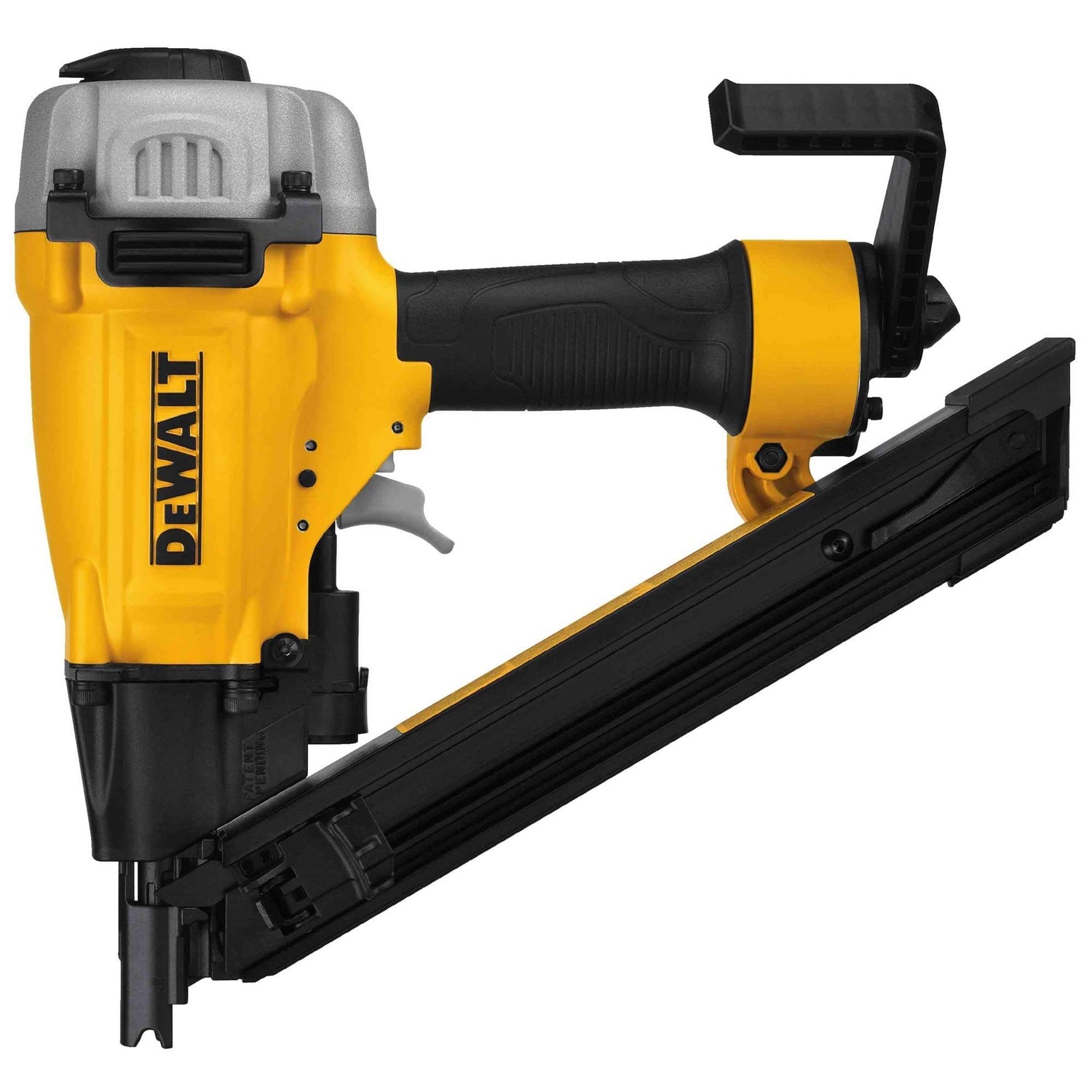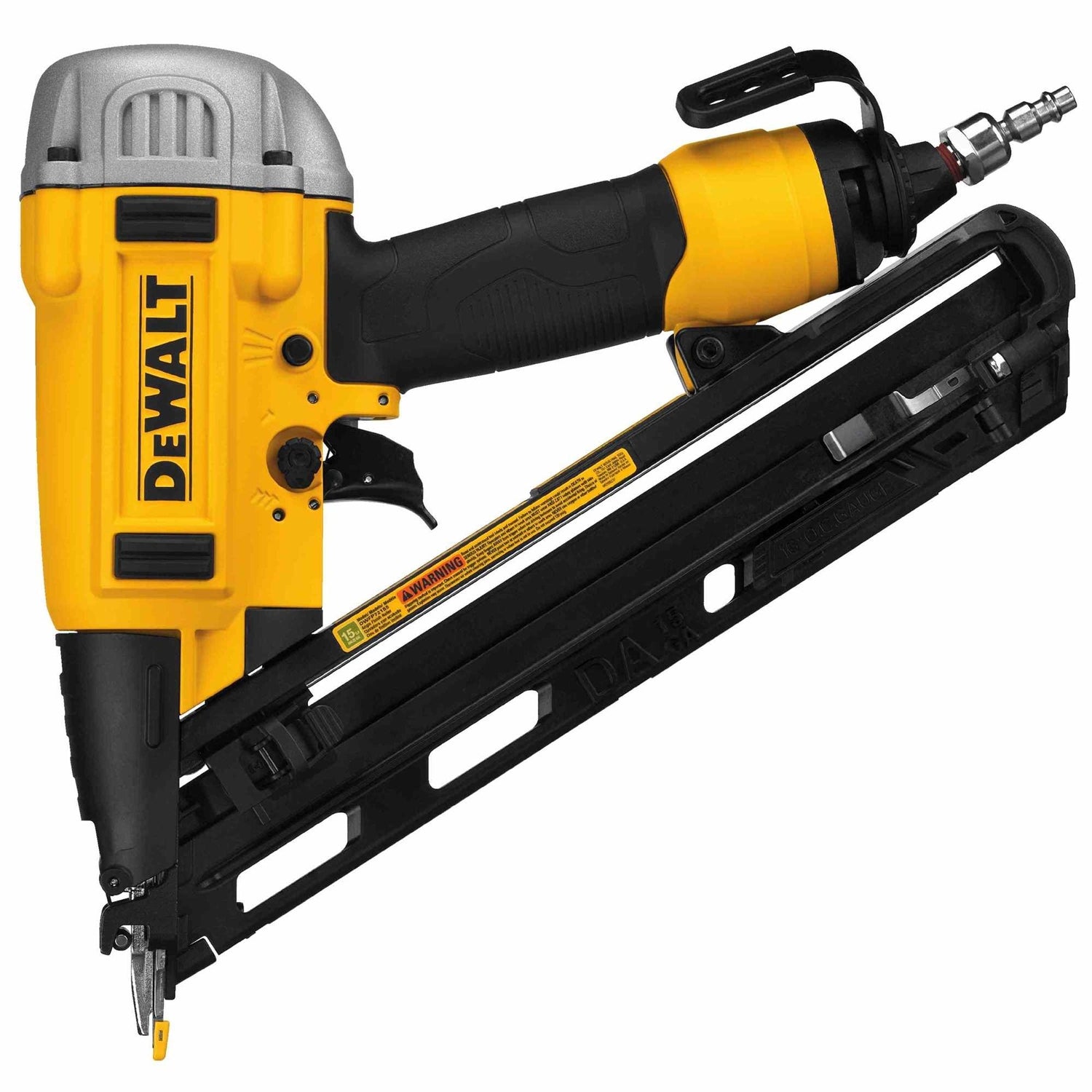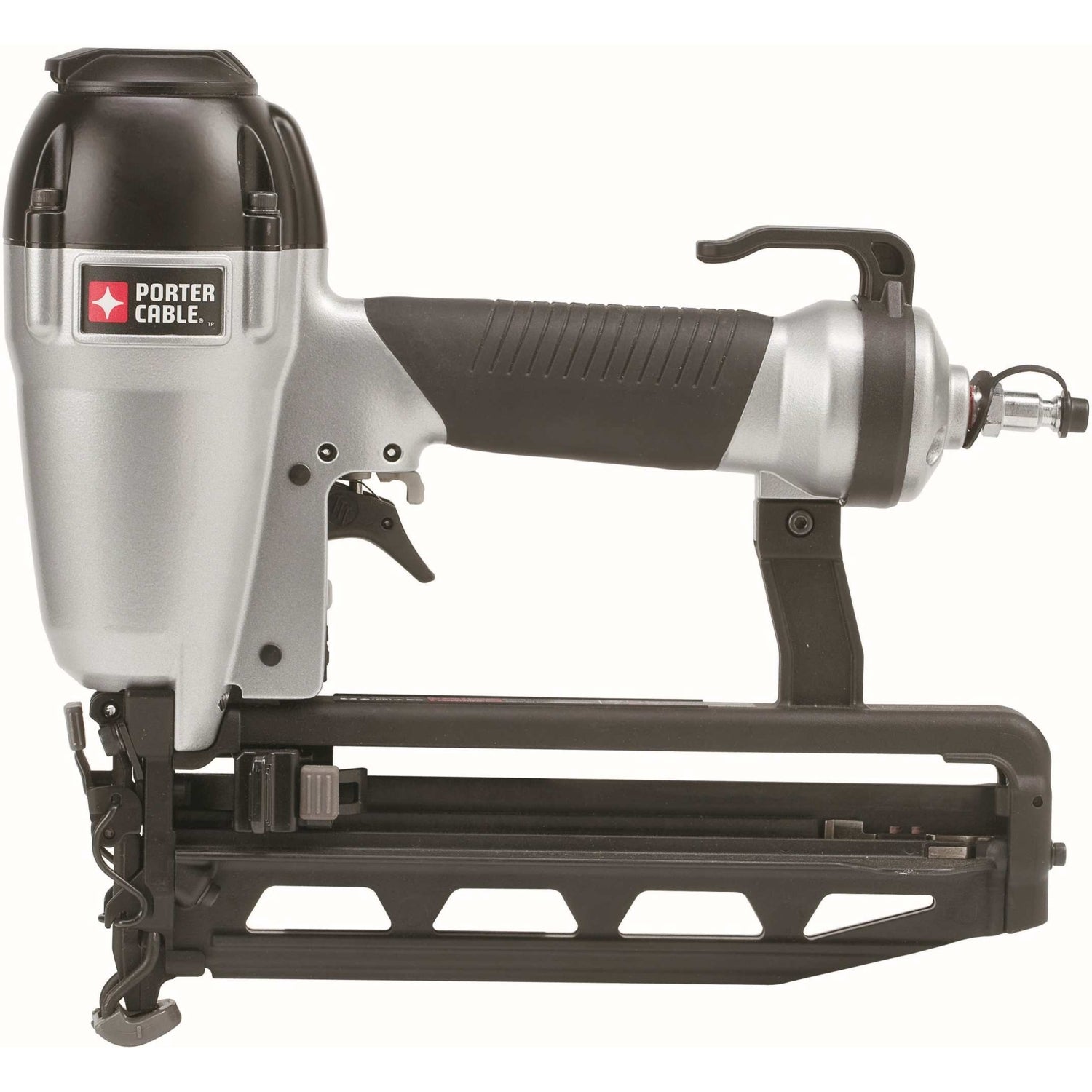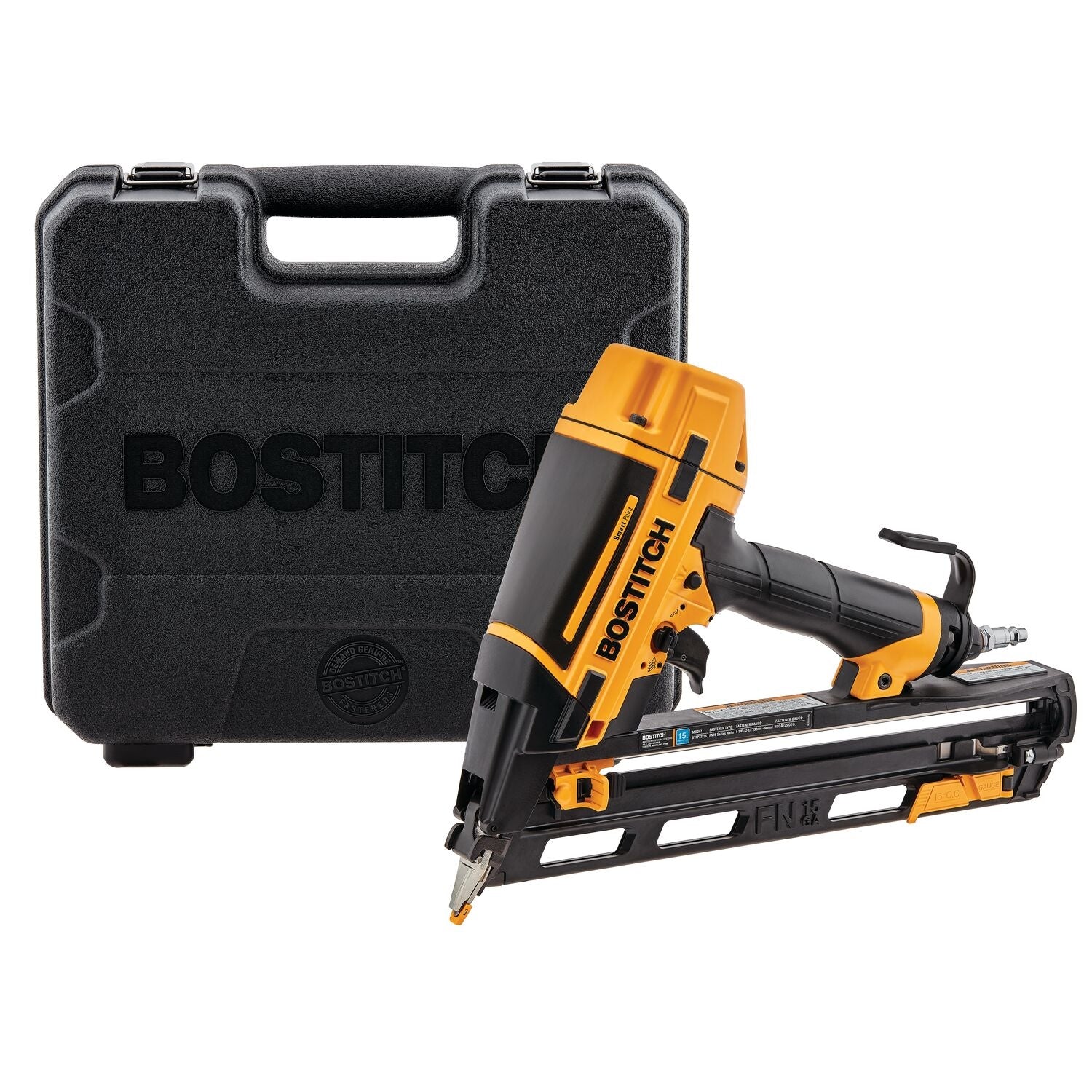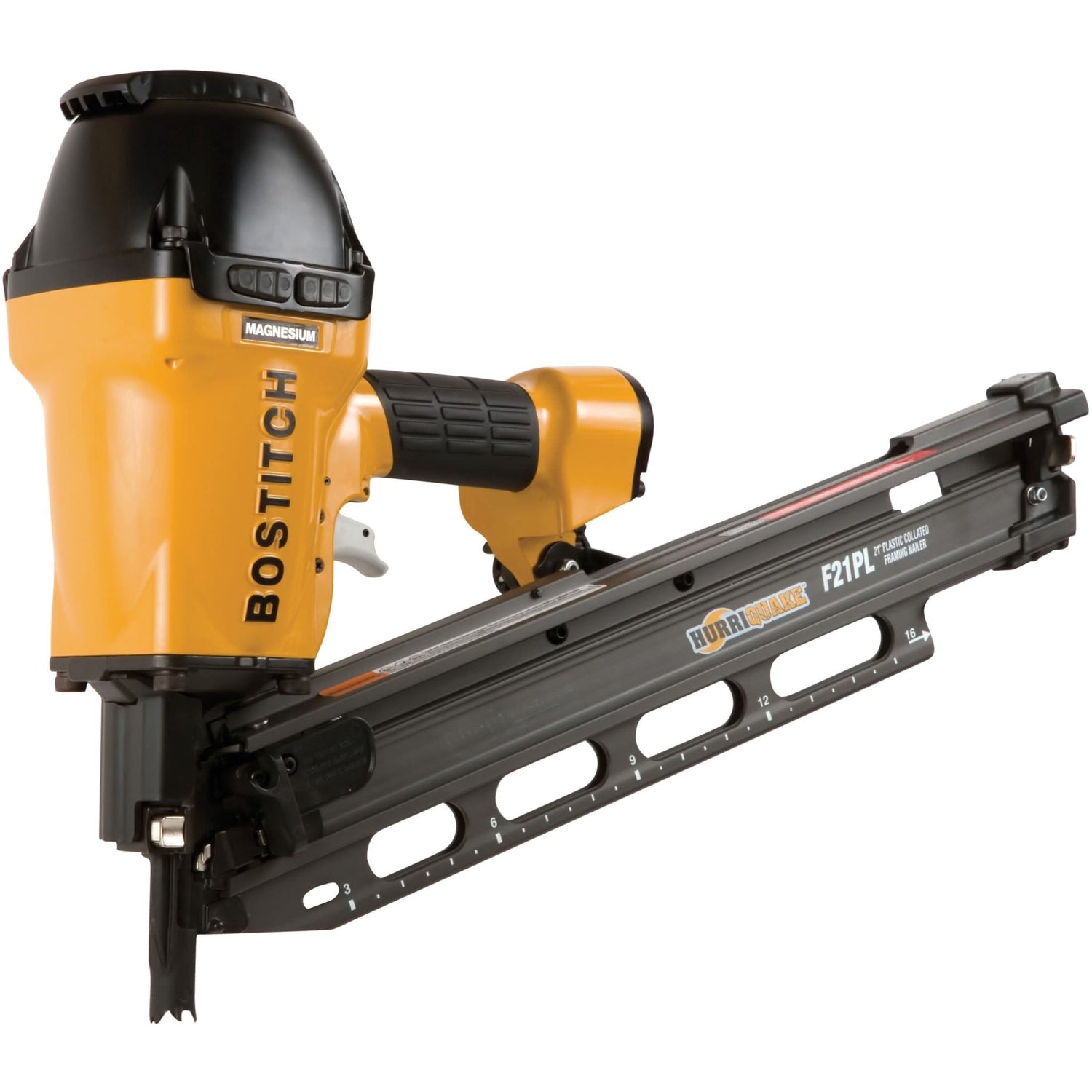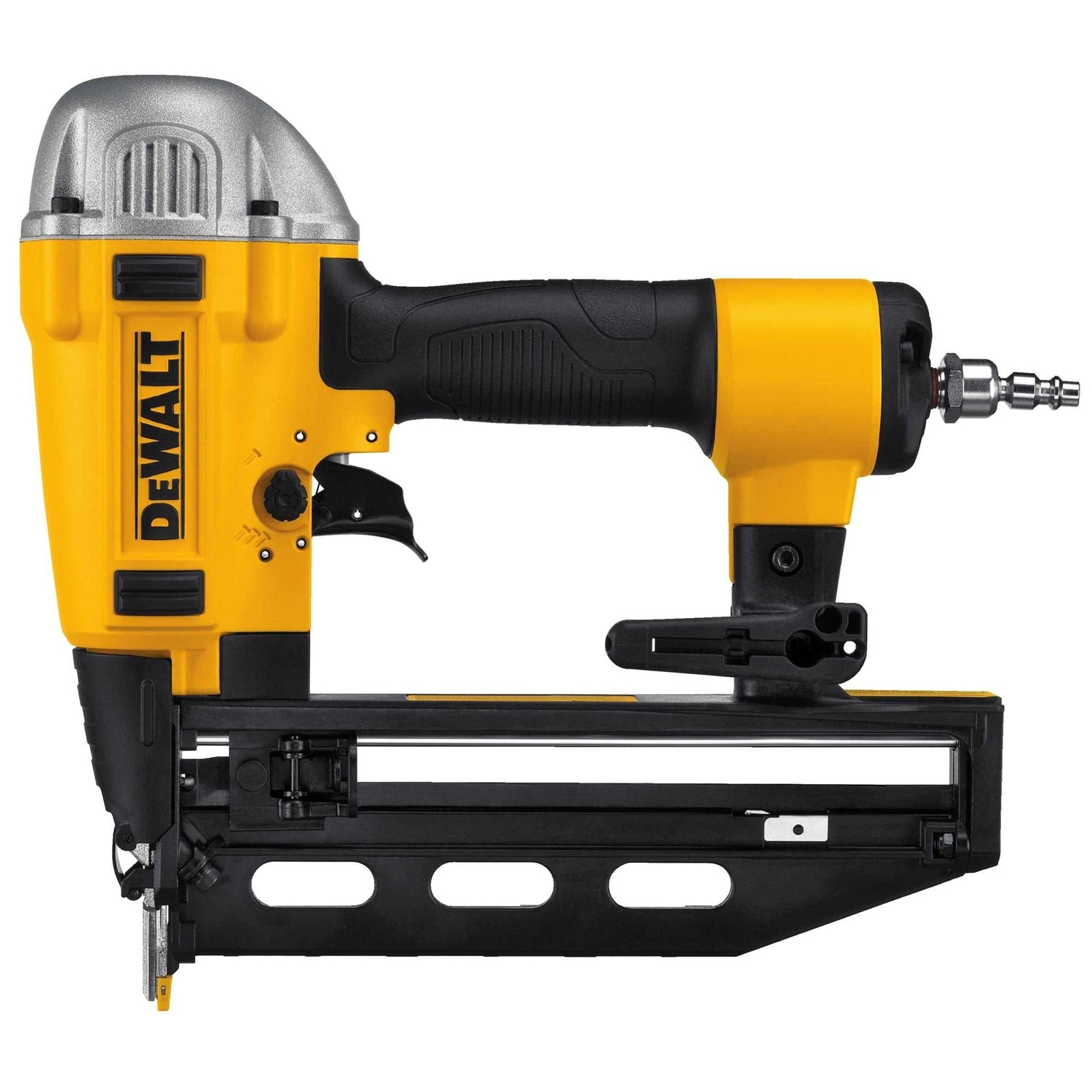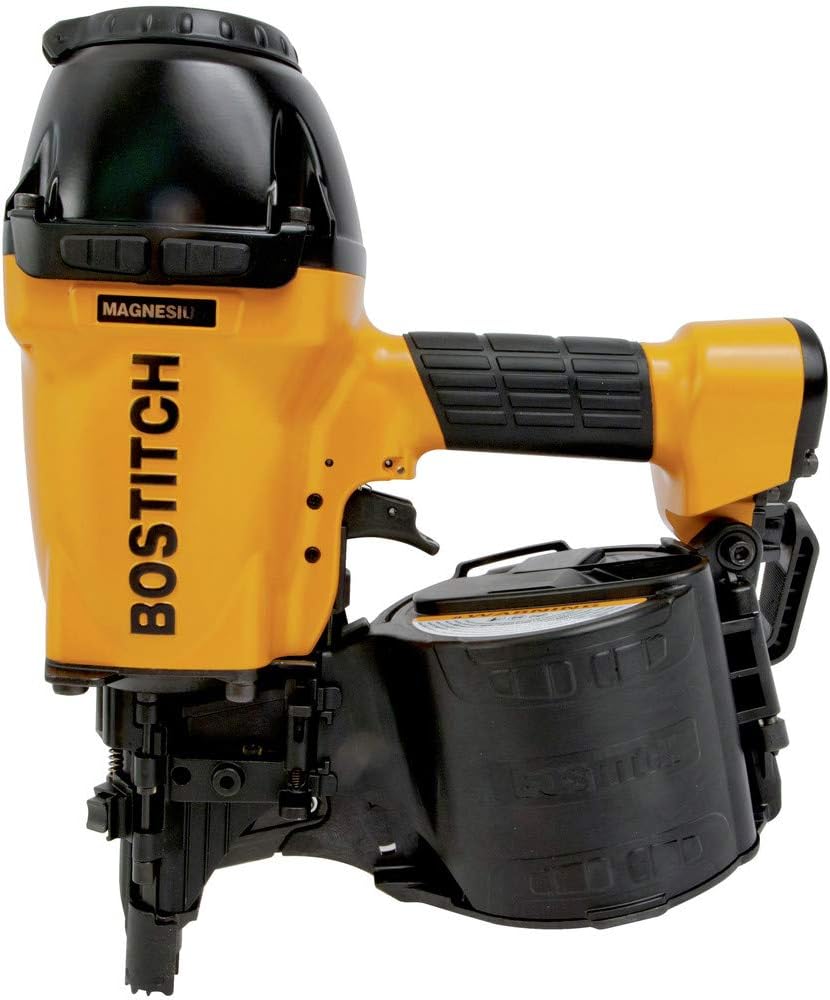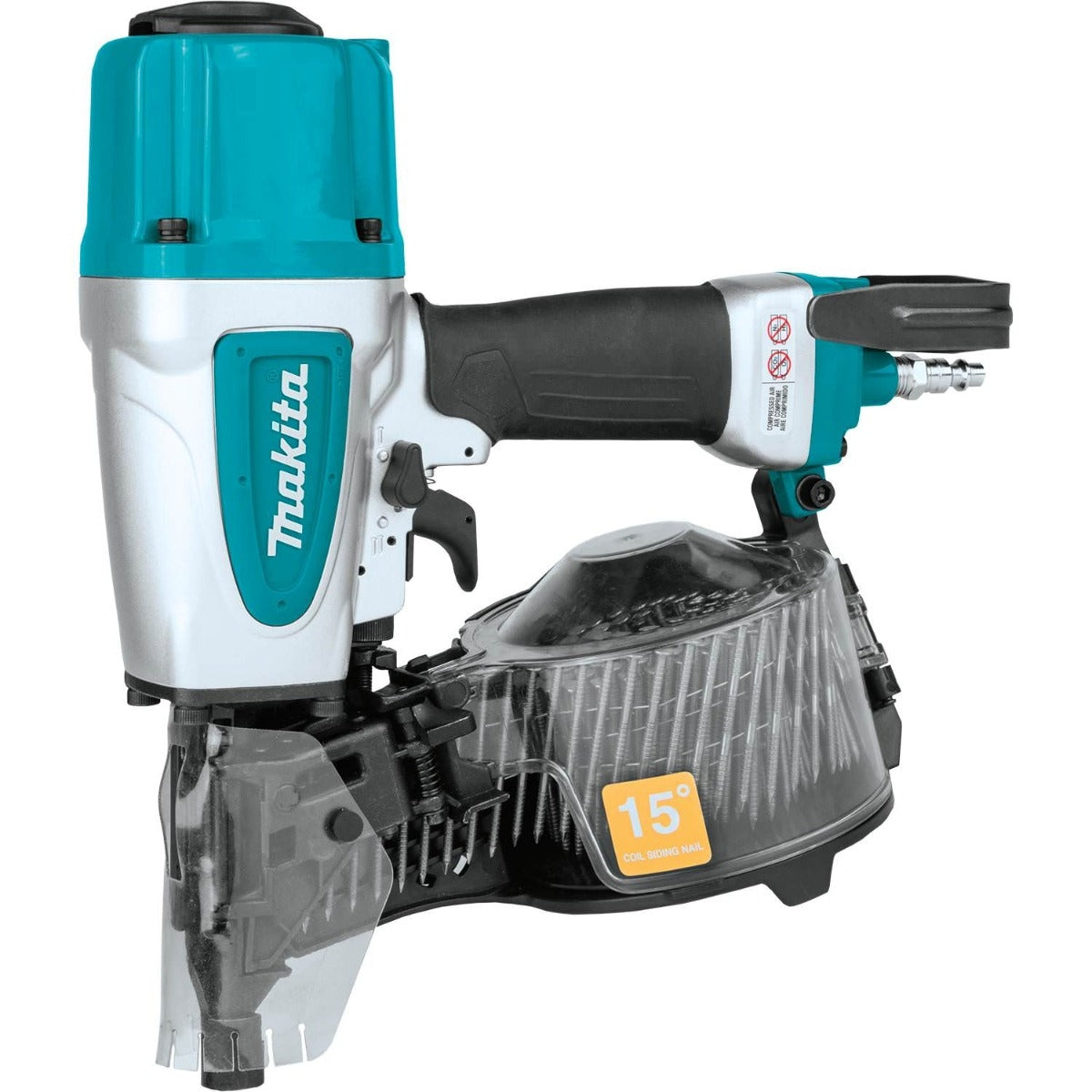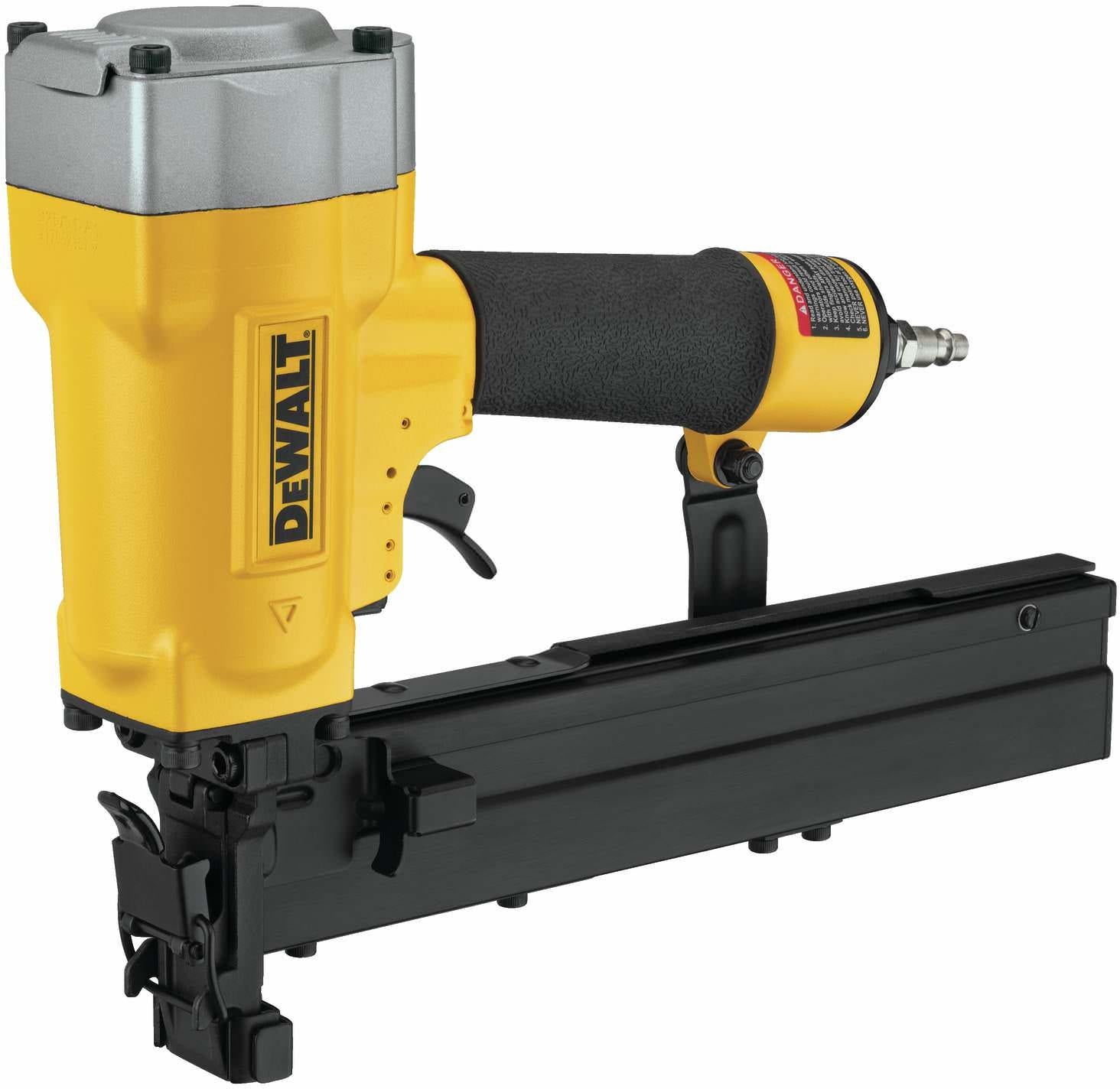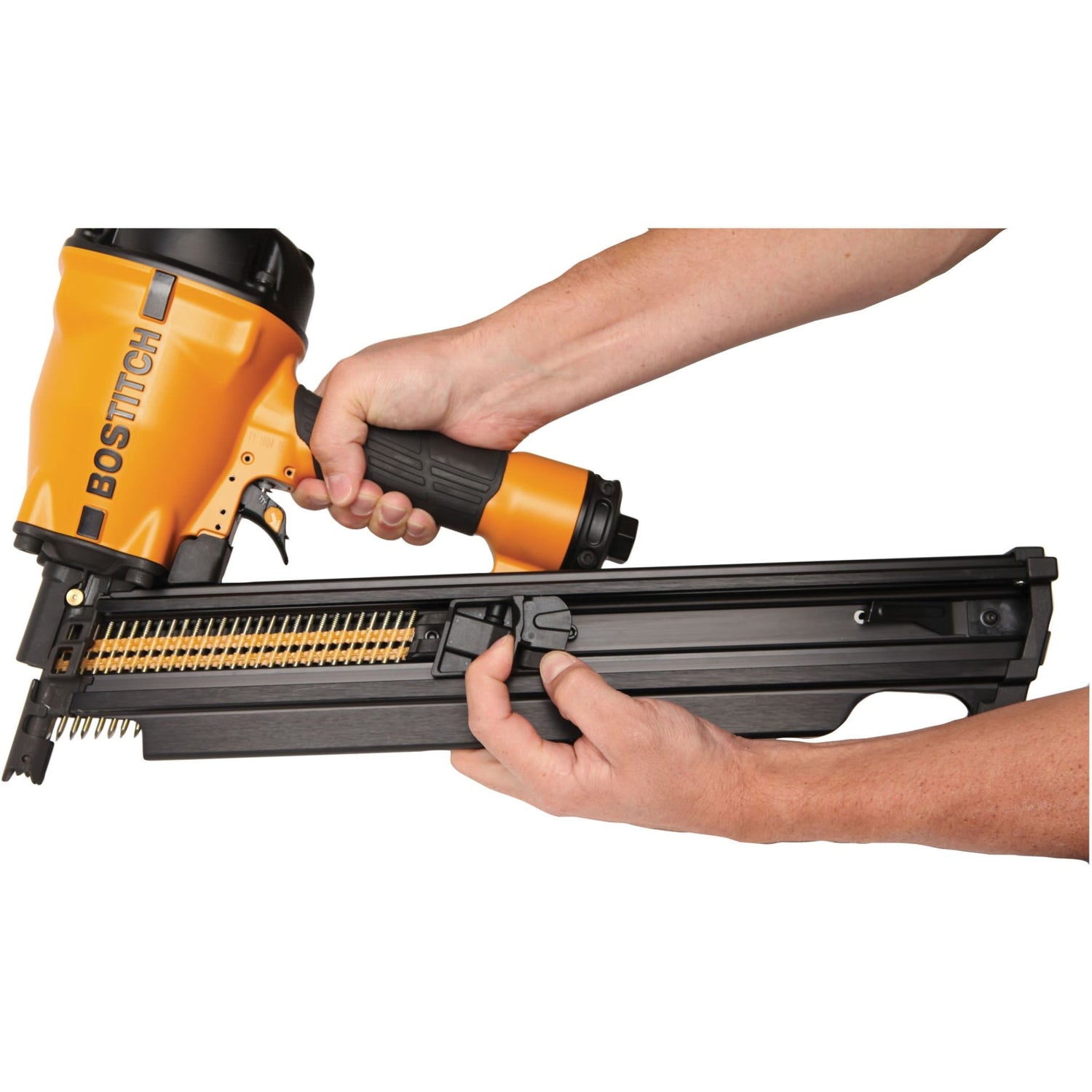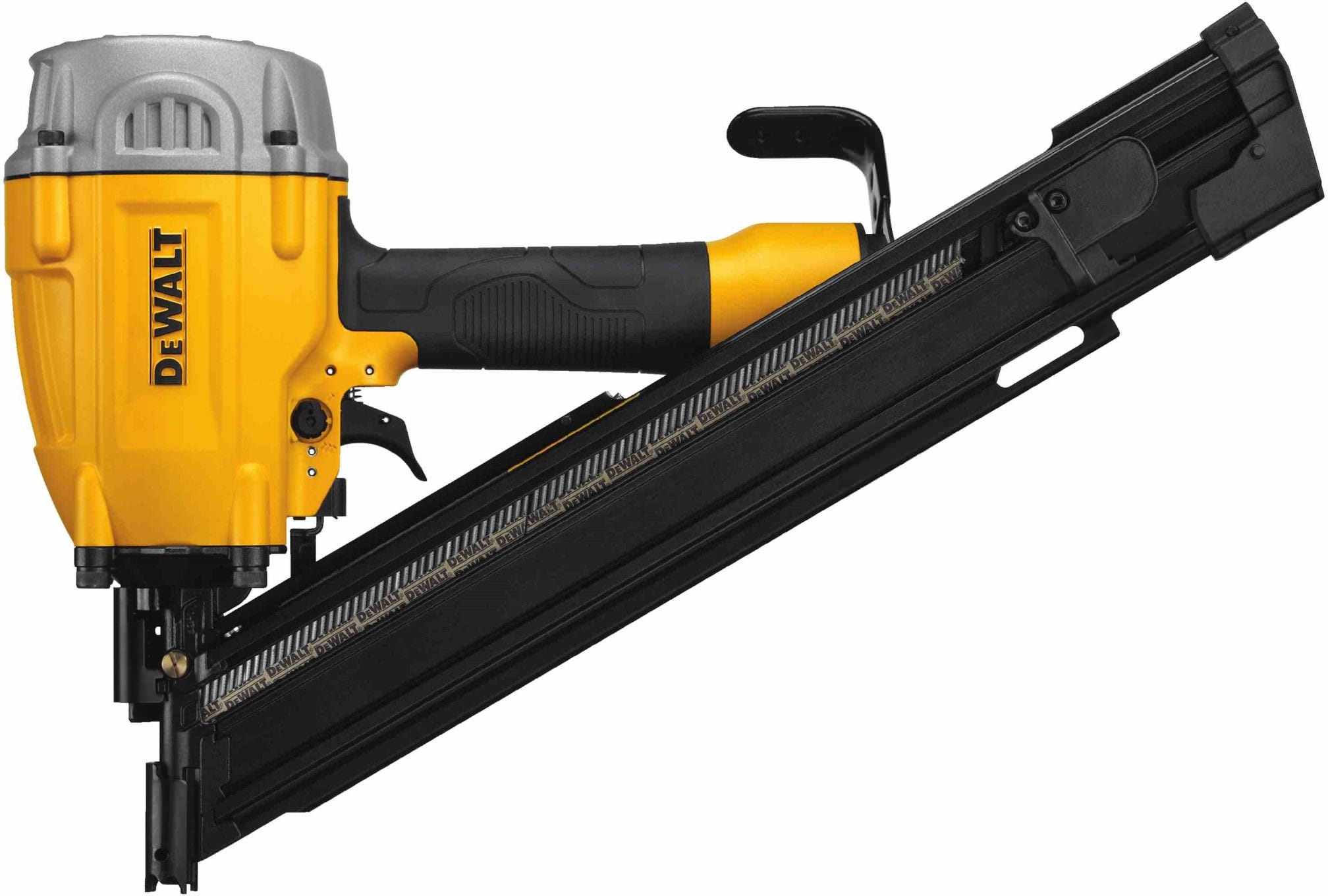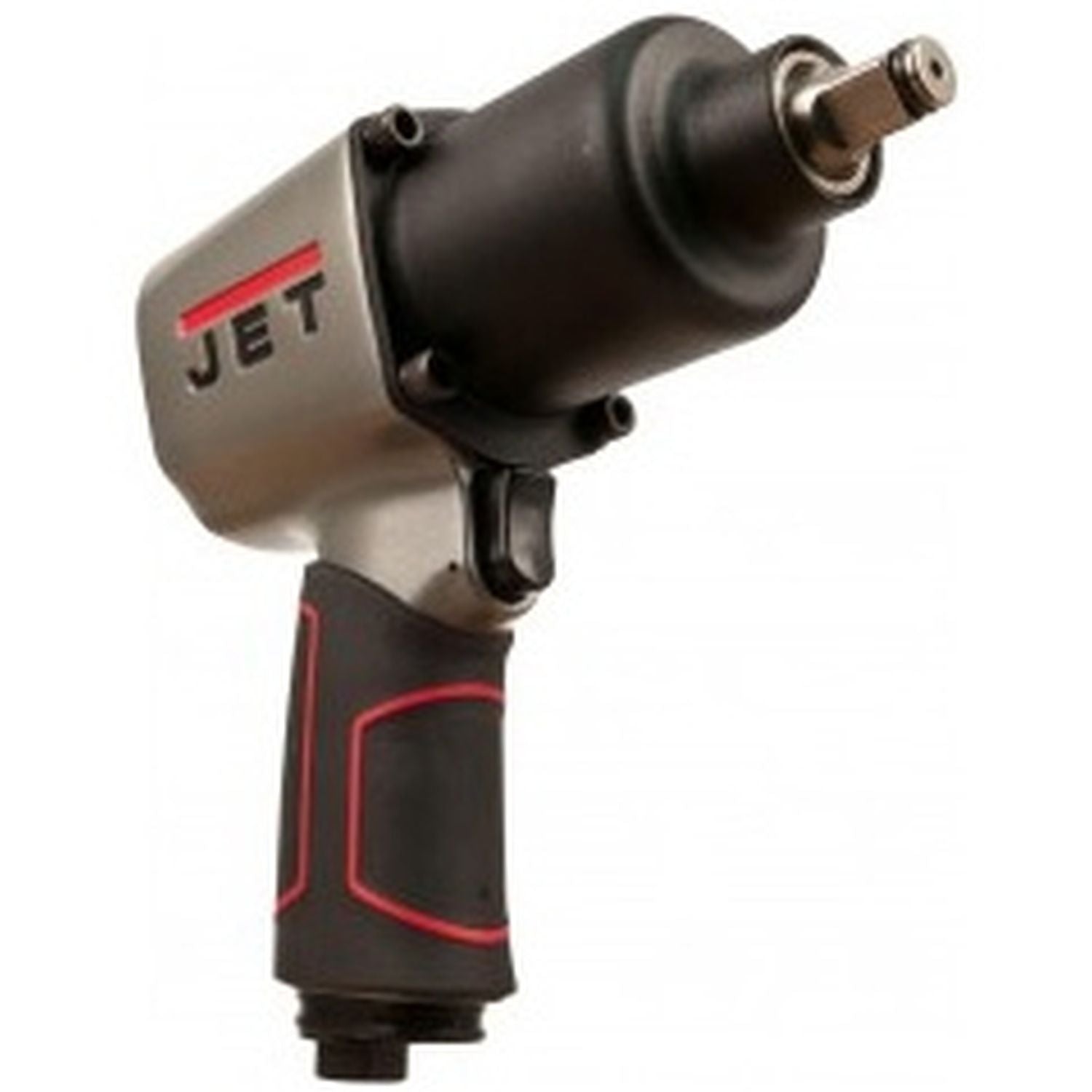
Collection:
Pneumatic Tools
71 products
Filter
Grex P650LXE 23 Gauge Pin Nailer - Max 2" with Edge Guide
Backorder - Usually ships in 7-12 days
Free Delivery
Regular price
$338.00
Sale price
$338.00
Regular price
Unit price
/per
Choose your option
Grex H850LX 21-Gauge Brad Nailer with Free Edge Guide
In Stock - Ready to Ship
Free Delivery
Regular price
$325.00
Sale price
$325.00
Regular price
Unit price
/per
Choose your option
Grex 1850GB 18 Gauge 2" Brad Nailer Green Buddy
Backorder - Usually ships in 7-12 days
Free Delivery
Regular price
$229.00
Sale price
$229.00
Regular price
Unit price
/per
Choose your option
Grex P630 23 Gauge Pin Nailer - Max 1-3/16"
Backorder - Usually ships in 7-12 days
Free Delivery
Regular price
$185.00
Sale price
$185.00
Regular price
Unit price
/per
Choose your option
Grex P650L 23 Gauge Pin Nailer - Max 2" - With Dry Fire Lockout
In Stock - Ready to Ship
Free Delivery
Regular price
$311.60
Sale price
$311.60
Regular price
Unit price
/per
Choose your option
Rolair AIRKEGPLUS Auxiliary 10-Gallon Compressor Tank w/ (4) 3/8 in. NPT Ports
Ships from manufacturer
+$50.00 Shipping Fee
Regular price
$179.00
Sale price
$179.00
Regular price
Unit price
/per
Choose your option
DeWalt DWFP2350K 23-Gauge Pneumatic Pin Nailer
Backorder - Usually ships in 14-30 days
Free Delivery
Regular price
$169.00
Sale price
$169.00
Regular price
Unit price
/per
Choose your option
Grex GC1850 18ga Cordless 2" Finish Nailer
Backorder - Usually ships in 7-12 days
Free Delivery
Regular price
$479.00
Sale price
$479.00
Regular price
Unit price
/per
Choose your option
Grex 1664 16 Gauge 2-1/2" Finish Nailer
Backorder - Usually ships in 7-12 days
Free Delivery
Regular price
$219.00
Sale price
$219.00
Regular price
Unit price
/per
Choose your option
Makita AF353 23 Gauge, 1-3/8" Pin Nailer
Backorder - Usually ships in 12-18 days
Free Delivery
Regular price
$189.00
Sale price
$189.00
Regular price
$189.00
Unit price
/per
Choose your option
Grex AF64 15 Gauge 2-1/2" Angled Finish Nailer
Backorder - Usually ships in 7-12 days
Free Delivery
Regular price
$259.00
Sale price
$259.00
Regular price
Unit price
/per
Choose your option
Makita AN924 21-Degree Full Round Head 3-1/2" Framing Nailer
Backorder - Usually ships in 12-18 days
Free Delivery
Regular price
$299.00
Sale price
$299.00
Regular price
$299.00
Unit price
/per
Choose your option
Makita AT638A 1/4" Narrow Crown Stapler, 18 Ga.
Backorder - Usually ships in 12-18 days
Free Delivery
Regular price
$174.00
Sale price
$174.00
Regular price
$174.00
Unit price
/per
Choose your option
Stanley Bostitch BTFP12233 Smart Point 18Ga Brad Nailer Kit
In Stock - Ready to Ship
Regular price
$129.00
Sale price
$129.00
Regular price
Unit price
/per
Choose your option
Makita AF635 15 Gauge, 2-1/2" 34-Degree Angled Finish Nailer
Backorder - Usually ships in 12-18 days
Free Delivery
Regular price
$249.00
Sale price
$249.00
Regular price
$249.00
Unit price
/per
Choose your option
Grex 1850 18 Gauge 2" Brad Nailer
Backorder - Usually ships in 7-12 days
Free Delivery
Regular price
$139.00
Sale price
$139.00
Regular price
Unit price
/per
Choose your option
Makita MAC100QK1 Quiet Series 1/2 HP, 1 Gallon Compact, Oil-Free, Electric Air Compressor, and 18 Gauge Brad Nailer Combo Kit
In Stock - Ready to Ship
Free Delivery
Regular price
$384.00
Sale price
$384.00
Regular price
$384.00
Unit price
/per
Choose your option
Makita AT2550A 1" Wide Crown Stapler, 16 Ga.
Backorder - Usually ships in 12-18 days
Free Delivery
Regular price
$359.00
Sale price
$359.00
Regular price
$359.00
Unit price
/per
Choose your option
Makita AF506 2" Brad Nailer, 18 Gauge
In Stock - Ready to Ship
Regular price
$134.00
Sale price
$134.00
Regular price
$134.00
Unit price
/per
Choose your option
Makita AF601 16 Gauge, 2-1/2" Straight Finish Nailer
Backorder - Usually ships in 12-18 days
Free Delivery
Regular price
$224.00
Sale price
$224.00
Regular price
$224.00
Unit price
/per
Choose your option
Makita AN454 1-3/4" Coil Roofing Nailer
In Stock - Ready to Ship
Free Delivery
Regular price
$309.00
Sale price
$309.00
Regular price
$309.00
Unit price
/per
Choose your option
Stanley Bostitch MCN150 STRAPSHOT™ Metal Connector Nailer
Backorder - Usually ships in 7-14 days
Free Delivery
Regular price
$259.00
Sale price
$259.00
Regular price
Unit price
/per
Choose your option
DeWalt DWFP12231 18-Gauge 2-Inch Brad Nailer Kit
Backorder - Usually ships in 14-30 days
Regular price
$104.97
Sale price
$104.97
Regular price
Unit price
/per
Choose your option
Stanley Bostitch BTFP72155 Smart Point 15Ga "DA" Style Angle Finish Nailer Kit
Backorder - Usually ships in 7-14 days
Free Delivery
Regular price
$220.97
Sale price
$220.97
Regular price
Unit price
/per
Choose your option
Porter Cable BN200C 18-Gauge 2" Brad Nailer Kit
Backorder - Usually ships in 20-30 days
Regular price
$89.00
Sale price
$89.00
Regular price
Unit price
/per
Choose your option
Makita AT1150A 7/16" Medium Crown Stapler, 16 Ga.
Backorder - Usually ships in 12-18 days
Free Delivery
Regular price
$329.00
Sale price
$329.00
Regular price
$329.00
Unit price
/per
Choose your option
Dewalt DWFP12233 18 GA Precision Point Brad Nailer
Backorder - Usually ships in 14-30 days
Regular price
$129.00
Sale price
$129.00
Regular price
Unit price
/per
Choose your option
Metabo HPT NP35AM 1 3/8" 23 Ga Micro Pinner
SOLD OUT
Free Delivery
Regular price
$139.00
Sale price
$139.00
Regular price
Unit price
/per
Choose your option
Dewalt DWF83PL 21 Degree Plastic Round Head Framing Nailer
In Stock - Ready to Ship
Free Delivery
Regular price
$269.00
Sale price
$269.00
Regular price
Unit price
/per
Choose your option
Dewalt DWFP1838 18 GA Finish Stapler
Backorder - Usually ships in 14-30 days
Free Delivery
Regular price
$139.00
Sale price
$139.00
Regular price
Unit price
/per
Choose your option
Dewalt DWMT70784 Pneumatic Cut-off Tool
Backorder - Usually ships in 14-30 days
Regular price
$84.99
Sale price
$84.99
Regular price
Unit price
/per
Choose your option
Porter Cablea PIN138 23 ga. 1-3/8" Pin Nailer
Backorder - Usually ships in 20-30 days
Free Delivery
Regular price
$139.00
Sale price
$139.00
Regular price
Unit price
/per
Choose your option
Dewalt DW66C-1 15 Degree Coil Siding And Fencing Nailer
Backorder - Usually ships in 14-30 days
Free Delivery
Regular price
$336.97
Sale price
$336.97
Regular price
Unit price
/per
Choose your option
Porter-Cable PN350 Mini Impact Palm Nailer
Backorder - Usually ships in 20-30 days
Regular price
$59.00
Sale price
$59.00
Regular price
Unit price
/per
Choose your option
DeWalt DWFP12569 2 in 1 Flooring Tool
In Stock - Ready to Ship
Free Delivery
Regular price
$279.00
Sale price
$279.00
Regular price
Unit price
/per
Choose your option
Kreg DK1100 TP Benchtop Single-Spindle Pneumatic Pocket-Hole Machine
Ships from manufacturer
Free Delivery
Regular price
$4,999.00
Sale price
$4,999.00
Regular price
Unit price
/per
Choose your option
Makita HM1812X3 70 lb. Advanced AVT Breaker Hammer, accepts 1-1/8" Hex bits
Backorder - Usually ships in 12-18 days
+$250.00 Shipping Fee
Regular price
$2,689.00
Sale price
$2,689.00
Regular price
$2,689.00
Unit price
/per
Choose your option
Dewalt DWMC150 Metal Connector Nailer
Backorder - Usually ships in 14-30 days
Free Delivery
Regular price
$259.00
Sale price
$259.00
Regular price
Unit price
/per
Choose your option
Dewalt DWFP72155 15 GA Precision Point "DA" Style Angle Finish Nailer
Backorder - Usually ships in 14-30 days
Free Delivery
Regular price
$229.00
Sale price
$229.00
Regular price
Unit price
/per
Choose your option
Porter Cable FN250C 16 ga. 2-1/2" Finish Nailer Kit
Backorder - Usually ships in 20-30 days
Free Delivery
Regular price
$199.00
Sale price
$199.00
Regular price
Unit price
/per
Choose your option
Stanley Bostitch BTFP72156 Smart Point 15Ga "FN" Style Angle Finish Nailer Kit
Backorder - Usually ships in 7-14 days
Free Delivery
Regular price
$208.97
Sale price
$208.97
Regular price
Unit price
/per
Choose your option
Bostitch F21PL2 21-Degree Plastic Collated Framing Nailer
Backorder - Usually ships in 7-14 days
Free Delivery
Regular price
$295.99
Sale price
$295.99
Regular price
Unit price
/per
Choose your option
Dewalt DWFP71917 16 GA Precision Point Finish Nailer
In Stock - Ready to Ship
Free Delivery
Regular price
$199.00
Sale price
$199.00
Regular price
Unit price
/per
Choose your option
Stanley Bostitch N89C-1 High-Power Coil Framing Nailer
SOLD OUT
Free Delivery
Regular price
$451.99
Sale price
$451.99
Regular price
Unit price
/per
Choose your option
Makita AN613 15° 2-1/2" Siding Coil Nailer
Backorder - Usually ships in 12-18 days
Free Delivery
Regular price
$439.00
Sale price
$439.00
Regular price
$439.00
Unit price
/per
Choose your option
DeWalt DW451S2 16-Gauge Wide Crown Lathing Stapler
Backorder - Usually ships in 14-30 days
Free Delivery
Regular price
$319.97
Sale price
$319.97
Regular price
Unit price
/per
Choose your option
Bostitch F21PL 21 Degree Plastic Collated Framing Nailer
Backorder - Usually ships in 7-14 days
Free Delivery
Regular price
$279.97
Sale price
$279.97
Regular price
Unit price
/per
Choose your option
Dewalt DWF83PT 30 Degree Paper Tape Collated Framing Nailer
In Stock - Ready to Ship
Free Delivery
Regular price
$273.99
Sale price
$273.99
Regular price
Unit price
/per


